ARIZONA GOLF the insider





Editor In Chief

Preston McFarland
Creative Director & Editor Alex Johnson
Art Director & Designer Tyler Flanagan
Writers PJ Baron
Brandon Genson
Alex Johnson
Preston McFarland
Joe Passov
Logan Rasmussen
Will Schube
Photographers
We exist to connect golfers with the greatest game on this green earth.
As the governing body of Arizona golf, we continuously strive to elevate sport and unlock access for all levels of playersembracing the beginners’ road to refinement while celebrating competition amongst champions.
For more playing opportunities, visit AZGOLF.org or contact us at:
602.944.3035 | info@azgolf.org
Cover Photo by Josh Hanson, Tyler Flanagan and Alex Johnson
Other Contributors
Chais Gentner
Josh Hans on
Alex Johnson
Stan Liniarski
Preston McFarland
Anj Brown
Cory Davis
Amy Fruhwirth
Michelle Glicksman
Sharon Goldstone
Eric Hickenlooper
Morgan Keller
Kathryn Laux
Meagan McEnery
Austin Pelias
Greg Rothstein
Logan Rasmussen
Daniel Shoup
Kylie Shoemake
Alex Tsakiris
Brian Whitlark



July brought headlines of new leadership to AZ GOLF, and we’d be lying if we said we haven’t been chomping at the bit to share more about our new Executive Director, Catherine Carmignani.
Hailing from Back East, Catherine (who prefers to be called “Cat”), arrives with a wealth of experience in sport — most notably her time with the Massachusetts Golf Association, better known as Mass Golf. There, Cat served for over five years in the areas of marketing and communications, strategic initiatives, and operational leadership. Her most recent position was assistant executive director.

A prestigious position such as executive director holds weight in importance and professionalism, making it difficult to scratch the surface on the person behind the title. So in an effort to dig deeper and better get to know Cat, we took her to the ground zero site to witness someone’s true character, ambitions, and ability to overcome — the golf course.
Here’s a bit about our fearless leader. The professional, personal, and unexpected, all gathered (on course) through a rifling of questions in the 95-degree heat at 8 a.m. on an Arizona summer morning.
Welcome to the desert, Cat.
WORDS BY PRESTON MCFARLAND | PHOTOS BY ALEX
JOHNSON

Tell us a bit about your past working career.
A little bit about myself — I’ve worked in the sports industry my entire career, from coaching to working in college athletics, and now I’ve been enjoying the golf industry. For the past five years I worked for Mass Golf, a peer organization in the Allied Golf Association world, and served in two different roles. I started out as the marketing and communications director, which was quite enjoyable, but it was an absolute pleasure to serve as Mass
Golf’s assistant executive director for nearly two years.
Two truths and a lie?
Alright.
1. Well, in light of the Olympics, I played rugby in college and afterwards, for many years.
2. I love ketchup.
3. I am the youngest of five.
Truth discovered during the interview — Cat is a terrible liar. Please feel free to send ketchup bottles to her office as a welcome gift.
Moving from the East Coast to the West Coast is a big shift. What’s your greatest fear?
The heat. This climate and terrain is new for me. Not to mention, I’m so bad at hydrating and drinking enough water and I need to make sure I’m just keeping up on that. Somebody said yesterday, once you get behind, there’s no catching up. Game over.
*Cat chugs some water.* Water sponsors, where you at?



How long have you been golfing?
I learned when I was little, so over 25 years ago. Honestly, just a couple of lessons. Then I got into team sports, you know, all the traditional ones: field hockey, tennis, basketball. I was awful at soccer. Once I hit college I transitioned to rugby, which I loved and still do. But it wasn’t until later on in life that I really started playing golf. Having a career centered in golf only catapulted my love for the game and desire to better my ability on course.
How did your love for sports translate into your career?
Playing on a club team is one of the main reasons why I am working in sports today. While playing rugby in college I served on the Board, which meant we ran all aspects of the season and the team — scheduling games, booking field time, hiring officials and EMTs, etc. I did it because it was something that I enjoyed, but more importantly, it was rewarding. Reflecting back on that experience, it gave me all the confidence in the world to enter the sports industry and make an impact right out of the gate.
I was afforded some amazing opportunities while I was working in college athletics at the Big East Conference and the American Athletic Conference. I supported several different Olympic sports, as well as football and men’s and women’s basketball. But in the spring, I always called dibs on women’s golf and running that championship. There was just something special about the end of a long season, being out on the course, watching these incredible athletes compete. Not to mention, going to some pretty amazing places for the events. Once the job came up at Mass Golf, I said
to myself, who wouldn’t want to work in golf full time? And now, here I am, working in the golf industry.
What has kept you engaged within the golf industry?
It really boils down to my desire to bring the game to new players and expand opportunities for them to experience and play. Of course this comes in a variety of different forms, but that’s what keeps things interesting. There are a thousand different ways to introduce someone to the game. It is a never-ending personal quest of mine.
What’s your most memorable achievement within the golf space? Outside of the golf space?
Golf …
Being able to push forward so many different initiatives and make a positive impact on the larger community. At times, we can get caught up in some of the celebratory nature of competitive golf and we kind of forget about the rest of the community and what golf means to them.
So being able to really celebrate golf as part of a lifestyle and see new players come into the game.
Outside of Golf …
That’s a really tough question. I will say making the decision to jump out of my comfort zone and move out here to Arizona. I am, I wouldn’t say a homebody, but everything I know has always been in New England. Everyone in New England thinks there is no better place in the world to live. So, to embrace a challenge and a change in scenery. I would say getting to that point, to be able to make that decision for this incredible opportunity in my career, is a proud moment for me. My wife, Liz, played
a crucial role in making this happen. She’s a major point of inspiration and unconditionally supportive.
Massachusetts to Arizona is a fairly substantial shift in terms of golf seasonality, culture, and landscape. What led you to pursue the position of AZ GOLF’s executive director?
I was thrilled when I saw this opening for AZ GOLF. I have been keeping an eye on this association and the rebrand just really impressed me.
I went into the application process with the mindset of this is my job to lose. I just had this mindset of, “This is my next step and one where I can make a positive impact. This is where I should be.”
Without a doubt, Arizona’s golf scene is different than in the Northeast, but that is what makes this so exciting. This new golf landscape will bring challenges, learning, and opportunities, which I welcome across the board.
The staff is incredible. The executive committee is committed to an amazing future for the game of golf in Arizona, and that’s really attractive to me. A group of individuals who have that foresight and want to embrace change and what’s ahead.
It truly is an amazing honor for me to be able to serve in this role.
What’s the hottest climate you’ve lived in?
Bermuda. I was living with my sister and her family before I went off to grad school. An important part of my life for so many reasons, it was a cool and different experience. Everyone says they can do island life, but the island gets pretty small after a while.


Have you mentally prepared for the heat of an Arizona summer?
I’ve been here for 24 hours. I don’t think this is something you can necessarily prepare for.
*Cat chugs more water.*
What interests do you pursue outside of golf?
You’d usually catch my wife and I spending time with our dogs, being active, and watching sports. We like to do outdoor activities, and spend time with friends and family. I hate to say it, I watch a fair amount of TV, too. You know, in the evenings, just shut down the brain and watch something I like to give the mind a rest.
What’s your favorite shot in the bag? What do you bring to a scramble team?
I’m happy with my touch around the greens these days but if we are talking about playing in a scramble, my drive. If they put us on the forward tees, my drive usually helps the team. I’m pretty consistent in the fairway, so that gives everyone else the opportunity to absolutely unleash.
*AZ GOLF is a proud supporter of any player who lets the big dog eat.*
If you could go back and pick any career or trade (outside of golf) and know you couldn’t fail, what would you choose?
I’m going to give you two answers here.
Growing up, I always wanted to be a teacher. The impact my mother made on so many lives while teaching is truly admirable. And, you know, perhaps that becomes part of my path in the future. I got a bit of that while I was coaching and I miss it for sure.
The other career path, though, I wish I would have done something really cool, like woodworking or carpentry. I love that stuff. I watch all those HGTV shows. That skill is super impressive. Those carpenters are so talented and it’s just an amazing trade.
240 yards to the pin, water stretches across the fairway in front of the green, a bunker on the left / back side, with some room to miss right. 215 yard carry to clear the water. How do you play it?
I got to lay up there. There are some days I’m feeling average and some days I’m feeling above average. So it all depends if I’m feeling above average that day. It all depends though, if we are playing with a group of friends, hand me the driver. They will most certainly have a good laugh, if anything, afterwards.
If we’re just having a good round, course management is important. I’m going to need to take out something like my 3-wood off the tee, put myself in a really good position to wedge in.
What do you bring to AZ GOLF? Where do you feel you can best contribute off the bat?
I pride myself in bringing people together, bringing voices around the table, and getting people excited about a shared vision.
What was your most memorable round played?
I’ve been extremely fortunate to play some absolutely incredible courses. Playing The Country Club before the 2022 U.S. Open was such a humbling experience for me personally and for my golf game. To walk that round at such a beautiful historic course was very special. But growing up, there was a golf course in our hometown, and I never played it. Shockingly enough, just never did. Until a couple of years ago when I played it with my oldest sister, who kind of pushed me along in my golf career. Finally we pulled the trigger to go play it. And so, we played Dudley Hill for the very first time as adults. So it was kind of a full-circle moment. It was pretty special.
What can members expect under your leadership?
You can expect to see me out and about at different events and engaging with the community. I want to meet you, get to know you, and hear about your journey in golf. I’m excited to be part of the Arizona golf family and can’t wait to play alongside you.
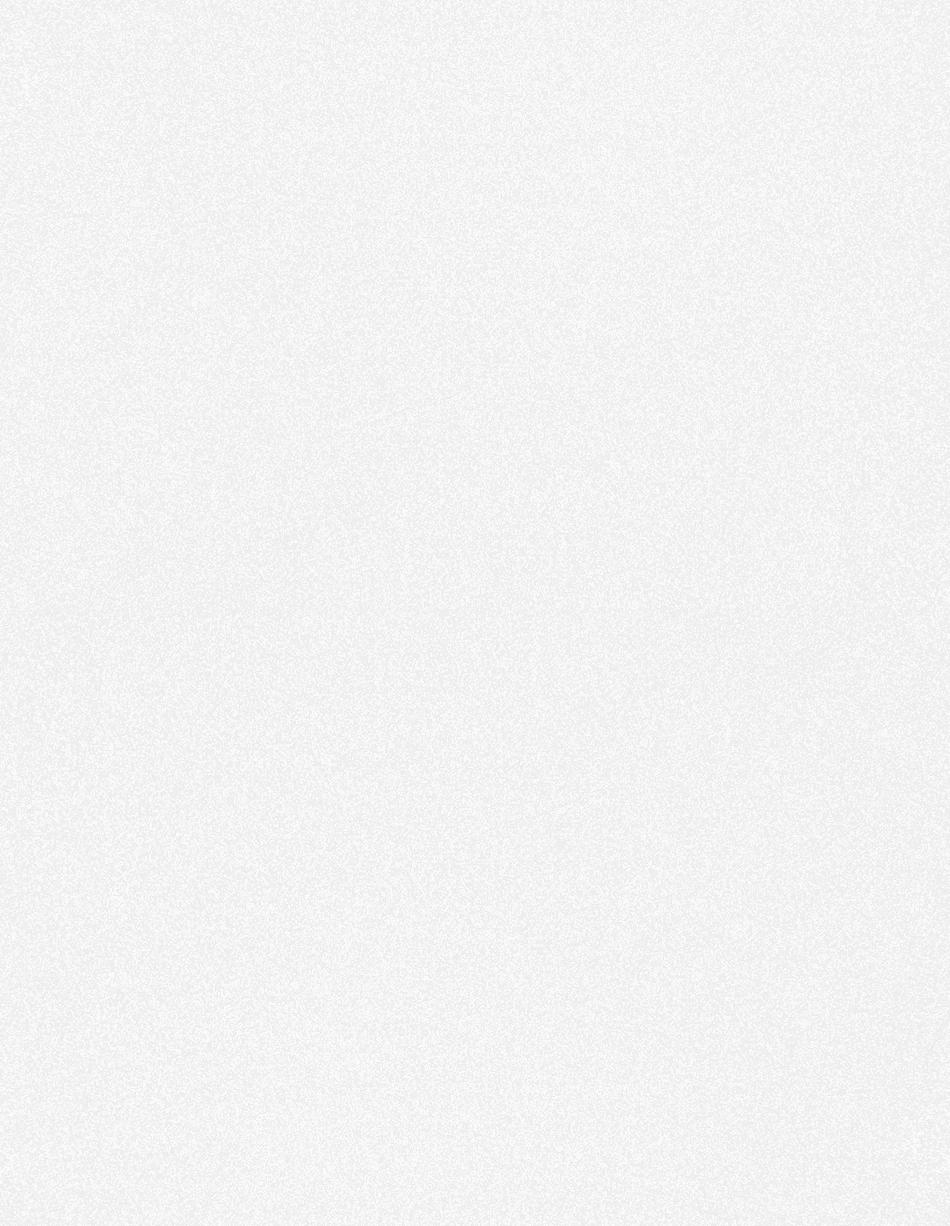
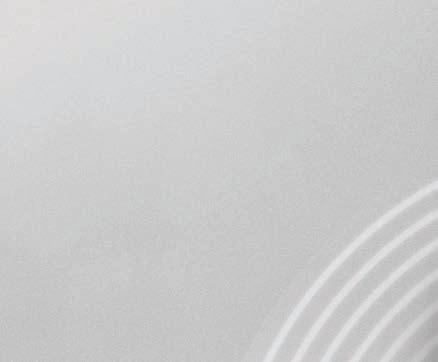
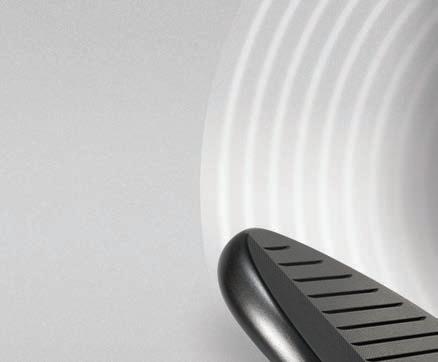

TOUR-STYLE, EYE-PLEASING SHAPE WITH MORE SQUARE LEAD EDGE
8620 CARBON STEEL HEAD FOR SOFT FEEL









PRECISION-MILLED WHEEL CUT GROOVES FOR HIGH SPIN, MORE CONTROL
HYDROPEARL CHROME AND MIDNIGHT FINISHES
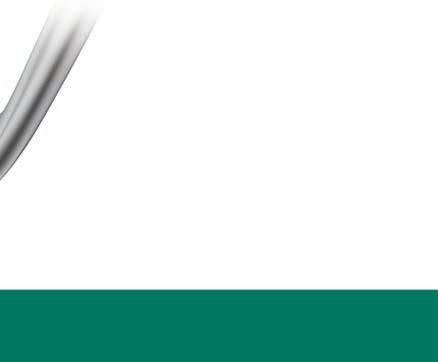











Developed with input from the game’s top players but designed to fit your game, the s159 wedges deliver higher spin and control to stop shots closer to the hole. The 8620 carbon steel head offers a softer feel and is shaped to inspire confidence in any situation. Six grind options to match your game.







We know finding the right wedges for your game can be confusing. That’s why we developed the WebFit Wedge app. Just answer a few simple questions about your short game and we’ll suggest two grind options to best fit you. It takes only a few minutes. No log-in or sign up required. Scan the QR code and you’ll be on your way.



Never sweat the small stuff. PALISADE has already done that for you. With safety features that think ahead and help look out for you and conveniences that save time and take care of you.
Three rows of luxurious comforts, conveniences, top-tier tech features transform the way you travel. It’s your journey.
DON’T LOOK DOWN THE FAIRWAY.


DON’T FORGET HOW TO SWING, YOU’VE BEEN DOING THIS SINCE 2ND GRADE, NOW IS NOT THE TIME.
KEEP YOUR HEAD DOWN. RIGHT ELBOW IN; TARGET!
TEMPO. TURN THROUGH IMPACT.
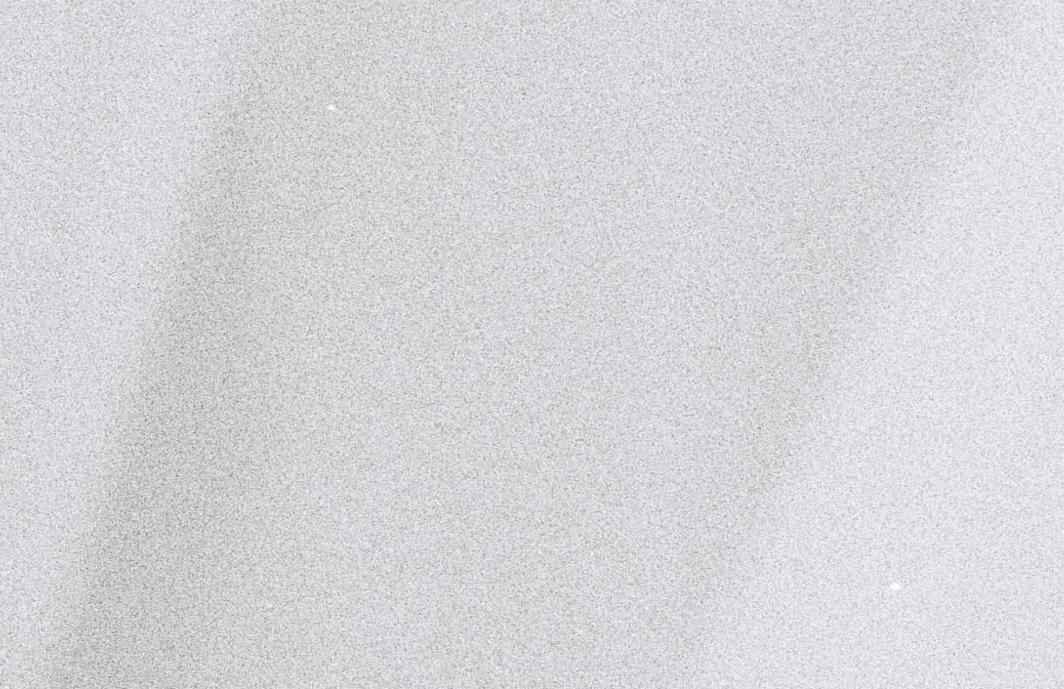

TIPS BY AMY FRUHWIRTH

WORDS
BY
ALEX JOHNSON
BY TYLER FLANAGAN

Freshman or senior, JV or varsity, new to golf or scratch — at the end of the day, it all boils down to G.P.A. (grip, posture, alignment). It’s the foundation — the building blocks — of any great swing or great player. Even PGA Tour and LIV players go back to their grip, posture, and alignment when hitting a plateau during their careers. All that to say, without a strong and consistent G.P.A., you won’t be qualifying for any Arizona amateur championships anytime soon.
Fresh off a few weeks of amateur championship golf, former LPGA Tour Pro and AZ GOLF Championships Manager Amy Fruhwirth takes us to school.
Note: G.P.A. is also known as P.G.A., but we’re different around here, so G.P.A.
There are three different ways that you can grip the golf club.

Make sure you’re maintaining a good connection between the pinky of your top hand and the index finger of your bottom hand. This is a good grip for beginners; however, sparsely used by elite amateurs and professionals. This grip is best for hucking your club 10 yards after a chunky approach shot.
Made famous by six-time Open Champion Harry Vardon, with this grip, your pinky overlaps and rests softly in the channel created by the index and middle finger of your bottom hand.
Notorious for being the grip of the greatest players of all time — “The Big Cat” and “The Bear.” The pinky of your trailing hand locks between the index and middle fingers of the leading hand. This low-tension grip helps maintain pressure on the club with all 10 fingers.
Regardless of your grip choice, don’t palm the club — let it rest in your fingers and relax your thumb. Lastly, do as 2024 U.S. Open Champion Bryson Dechambeau does and “Grip it like you mean it.”
Have you ever fielded a ground ball? Or had to guard somebody in basketball? Were you leaning forward on your toes? Did you feel like you were falling backward by sitting into your heels? Probably not. You were balanced, with a slight bend in the knees and very much in control of your body. Welcome to your golf posture.




Place a club across your hips. Stand straight and slightly bend. The tip of your middle fingers should be right at your knee cap.

Do
Create an athletic position. Have a straight spine. Have a slight bend in your knees.

Don’t
Stand on your toes. Lean on your heels. Sit back.
More than just a buzzword for relational success in business and personal life, alignment in your golf swing is also equally important. What happens when you aren’t aligned? Fruhwirth explains that you’re going to end up compensating to get the ball to your desired target. Whether that’s inside or outside the ball, compensation is inevitable. So, how do you dial in and practice your alignment? Have an open or closed stance? That’s okay. As long as your shoulders and hips are square down the target line, you’re in good shape.

Build a 90-degree angle with alignment sticks.

Create “The Railroad Track” by adding a third on the far side of your ball. This helps you visualize your angles and direction so that your club face is perfectly aligned 90 degrees to the target.
This will vary slightly for each player, but what’s most important is to position the ball where the swing bottoms out and where you make the best contact. That being said, start with these generally accepted rules of thumb.
Longer Irons / Driver — more forward
Hybrids — more forward, ½ or 1 full ball rotation from center Shorter Irons — more center

The top players will always, always go back to grip, posture, and alignment. That will never change. If your grip or alignment is off a little bit, you’re going to be compensating. One of the main differentiators between pros and recreational players is consistency and routine. The ball is addressed the same way every time. The stance and ball positioning are the same every time. The grip, the swing though … you get it. Lastly, don’t swing at the ball. Sweep the grass. Think of it like this: The ball is in the way of your club head; sweep the grass and let the club head do all the work. You want one swing thought. It could be anything. Smooth. Smile. Dogs at the turn... Try to maintain only one swing thought throughout the entire round. The best part about all of this? You don’t need to be on course or at a range to dial in your G.P.A.
SCAN THE QR CODE ABOVE TO FOLLOW US ON SOCIAL MEDIA.





OCTOBER 25 - 27, 2024 | PUERTO PEÑASCO, MEXICO
Travel Accommodations
• Hotel Stay
• Two (2) Rounds of Golf
• Two (2) Buffet Lunches
• Team Awards & Prizes

Must be following @azgolfassociation to win. Entries close September 23, 2024. Must be 21 and have a valid passport to participate.

WORDS

Every year, about 85 percent of Arizona golf courses, the majority residing at or beneath 3,000 feet in elevation, undergo the process of overseeding their properties.
The process is, what some would call, a labor of love as it requires a time-consuming, diligent effort to create lush, green playing surfaces for Arizona’s peak golf season, which runs from October through March. Much like a grizzly bear does in the winter, bermudagrass takes this time to hibernate and let its snow-birding friend, ryegrass, steal the show.
In an effort to keep Arizona golfers informed, the AZ GOLF team has spent countless hours (although much less than courses will during this time) to compile the most accurate overseeding schedule available in the great state of Arizona.
A special thank you to ArizonaGolfVacations.com for also working to gather overseeding dates, as well as Eric Hickenlooper, Kathryn Laux, and Sharon Goldstone.









Choosing not to overseed is becoming more of a prevalent decision, especially in a state with increasingly limited access to water. However, the decision to overseed or to not overseed is far from simple and accounts for a variety of variables — course bottom line, access to play throughout mandatory overseeding shutdown, weight of sustainability vs. economic impact, and of course, playing conditions.
Alpine Golf and Country Club
Alta Mesa Golf Club
Antelope Hills Golf Course
Aspen Valley Golf Club
Birdie Ranch at Silver Creek Golf Club
Bison Golf Club
Canyon Mesa Country Club
Capital Canyon Club
Cerbat Cliffs Golf Course
The Golf Club at Chaparral Pines
Continental Golf Club (Flagstaff)
Coronado Golf Course
Coyote Trails Golf Course
Douglas Golf Club & RV Park
The Golf Club at Dove Mountain
Elephant Rocks Golf Course
FireRock Country Club
Flagstaff Ranch Golf Club
It’s also worth noting that 75 percent of the clubs notoverseeding reside at an average elevation of 4,807 feet. Courses such as Bison Golf Club and Birdie Ranch Golf Club near Show Low grow a perennial Kentucky Bent Grass that does not need to be overseeded like the bermudagrasses found on southern courses. Due to cooler climates and higher elevations, many northern courses benefit from the ability to grow perennial grass species. Southern courses might choose to take a year off to save some money, while others choose to simply “embrace the brown.”
Forest Highlands Golf Club
Canyon Course
Meadow Course
Greenlee Country Club
Hayden Municipal Golf Course
Hidden Cove Golf Course
Lake Powell National Golf Course
The Links at Las Palomas
Mesa Del Sol Golf Club
Mesa View Golf Course
Mountain View Golf Course at Ft. Huachuca
Palm Valley Golf Club (3 9-hole courses)
Payson Golf Club
Pebblebrook Golf Course at Sun City West
The Pine Canyon Club
Pinetop Country Club
Pinetop Lakes Golf & Country Club
Pinewood Country Club
Prescott Golf Club
The Club at Prescott Lakes
Pueblo del Sol Country Club
Quail Creek Country Club
Quailwood Greens Golf Course
The Rim Golf Club
Sedona Golf Resort
Seven Canyons Golf Club
Snowflake Golf Course
Stardust Golf Course at Sun City West
Starfire Golf Club
Stoneridge Golf Course
Talking Rock Golf Club
Tierra Grande Country Club
Torreon Golf Club Tower Cabin
Tubac Golf Resort Anza
Tuscany Falls Golf Course at PebbleCreek West
Valle Vista Country Club
White Mountain Country Club
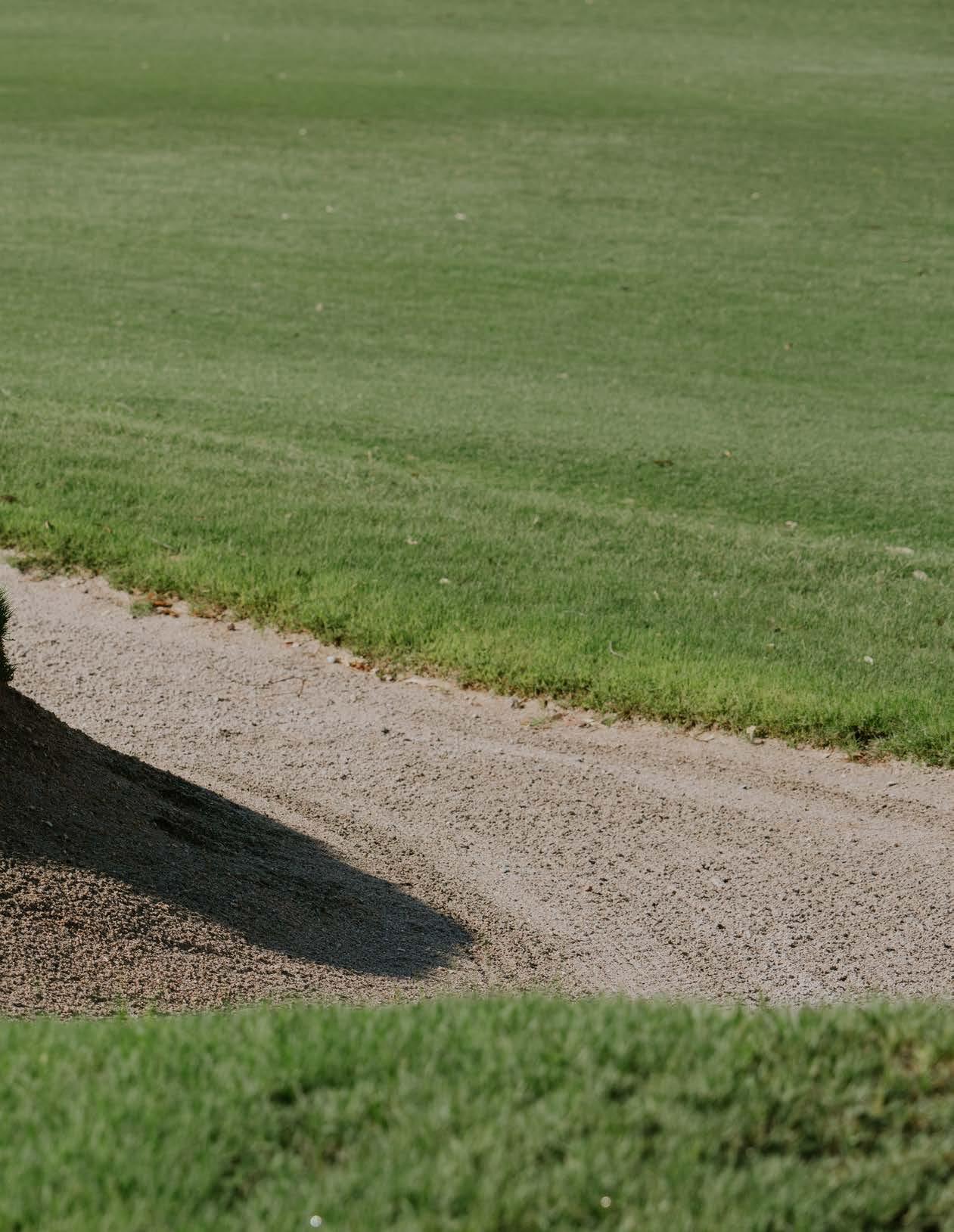


Picture this: You hit a towering drive off the tee and, feeling accomplished, you walk up to your ball only to find that it has plugged itself in the fresh turf. As the main principles of the game ring in your head such as “play the ball as it lies,” “play the course as you find it,” you think to yourself, “what a tough break.” But low and behold, you remember there is a rule for this.
An Embedded Ball is defined as, “When a player’s ball is in its own pitch-mark made as a result of the player’s previous stroke and where part of the ball is below the level of the ground. Players are allowed to take Embedded Ball relief any time they meet this definition AND their ball is in the General Area, except when embedded in sand.”
So, what do you do if you are in fact Embedded by the definition in the General Area? You’re allowed to take a free drop. You may mark the spot of the ball to identify if it is embedded, and once you’ve determined it’s embedded, you will create a reference point. Ninety-nine percent of the time this point is directly behind the ball. You then measure one club length from that point (no closer to the hole) and drop a ball back into play with a nice, clean lie.
Remember the General Area includes fairways, rough, collars of the green — everywhere except the four other Defined Areas of the Course. This was an appropriate amendment introduced in 2019 as the governing bodies concurred that playing a ball stuck in soft or wet ground should not be considered part of the normal challenge of playing a course.
A crisp, cool fall morning rolls around and you’re approaching your tee time at your favorite course after it has been closed for a few weeks due to the overseeding project that just wrapped up. Overseeding is a common practice here in the desert, when many golf courses change from a summer grass, such as bermudagrass, to a winter grass, which is typically rye. With this application comes a few nuances: a considerable increase in the amount of water used on the course to help promote grass growth, as well as cart
path-only restrictions to alleviate the stress put on the newly budding turf, to name just a few.
These operations can introduce a variety of Rules circumstances that you may not encounter during spring or summer, which become commonplace post-overseed.
With the increase in water usage, you will find the early mornings to be a bit more soggy and soft.

The other challenge you may run into when an irregular amount of water is being used would be interference from Temporary Water — which is any accumulation of water that is not typically there. Interference would include your stance, your swing path, and the actual lie of the golf ball. Essentially if your feet or your golf ball are going to be in this area of accumulated water, you are going to be allowed to take a free drop from it.
The relief procedure is very similar to that of the Embedded Ball scenario previously described. You find the nearest point to where
the ball is at rest in the water where you no longer have that interference. From that point, you would gain one club length (again, no closer to the hole) and drop a ball back into play.
Overseeding helps improve playing conditions by providing a beautifully green and dense turf surface. However, it can also lead to challenges such as increased moisture retention and soft ground. Golfers should be prepared for these conditions and understand how the rules for relief apply during overseeding.
Are you interested in learning more about rules or volunteer opportunities? Visit azgolf.org/rules-of-golf or azgolf.org/volunteer for more information.

Tees and approaches are often maintained slightly lower than fairways to provide a smoother playing surface, assisting in tee shots and approach shots.
In the winter, roughs are generally maintained at a higher height, but the height must be lowered in the spring if overseeded to help facilitate the transition from ryegrass to bermudagrass. During the summer, roughs are typically longer to support the health of the grass and to provide an appealing surface for players.
Adjustments in the fairway are made to accommodate player preferences and turf health, factoring in overseeding and seasonal changes.
The height is maintained to provide a transition between the greens and the fairways, offering a uniform playing surface while protecting the grass.
Non-overseeded greens may see a higher height of cut in winter to avoid excessively fast greens.


Golf course mowers are precise, like the shears used in a barber shop, they define one section of the course from another. It’s the height of cut that visually creates the shape of the course, determining the fairway from the rough from the green.

Heights are adjusted throughout the year to match seasonal conditions, with lower cuts in warmer months and higher cuts in cooler months.
Correct heights promote healthy growth, ensuring adequate sunlight and preventing damage.

Each area of the course has specific height requirements that are maintained for uniform playability.
The height of cut can be tailored to meet different player needs, balancing challenge and playability.
DAY 1
DAY 2
DAY 3
DAY 4
DAY 5
DAY 6
GREENS
Mowing direction changes like a clock: starting at 12-6, then 2-8, then 3-9, and so on. This ensures even wear and avoids “training” the grass to grow in a specific direction.
BLACK & WHITE PATTERN
The fairway is split in half, with mowers going from tee to green on one side and from green to tee on the other. The direction alternates with each mowing to ensure even grass growth and appearance.
E ART O F MO WING


BY BRIAN WHITLARK, USGA | WORDS BY ALEX JOHNSON & BRIAN WHITLARK
Mowers move in a single direction (e.g., tee to green) for a clean and traditional look. This pattern requires more labor hours and fuel but produces a high-quality appearance. The direction changes with each mowing event to maintain even growth.
Some courses prefer to create visually striking diamond patterns by mowing diagonally from right to left, then left to right. This pattern is more about aesthetics and is typically used to impress visitors or during tournaments.
There are four main factors maintenance teams take into account when mowing each section of a golf course: visual aesthetics, grass health and growth, resource management, and course playability. These considerations are not exclusive to one another, they are symbiotic, seamlessly and harmoniously melding to produce a course that looks good, harbors healthy grass, efficiently leverages the resources available, and is a joy to play.
While particular mowing patterns may appear to be strictly a visual decision, there’s more to it – and the complexity of the patterns depends on the amount of available resources. Mowing directions are regularly changed to prevent grass from becoming “trained” which promotes even growth and a higher quality of cut. And each mowing pattern influences how the course plays, affecting ball roll and overall predictability of play. There’s a method to the maintenance.




SEASONALITY
SPRING / SUMMER

COMMONLY USED ACROSS VARIOUS PARTS OF THE COURSE, PROVIDES DURABILITY AND RESILIENCE IN HOT CLIMATES.
USAGE BASE GRASS

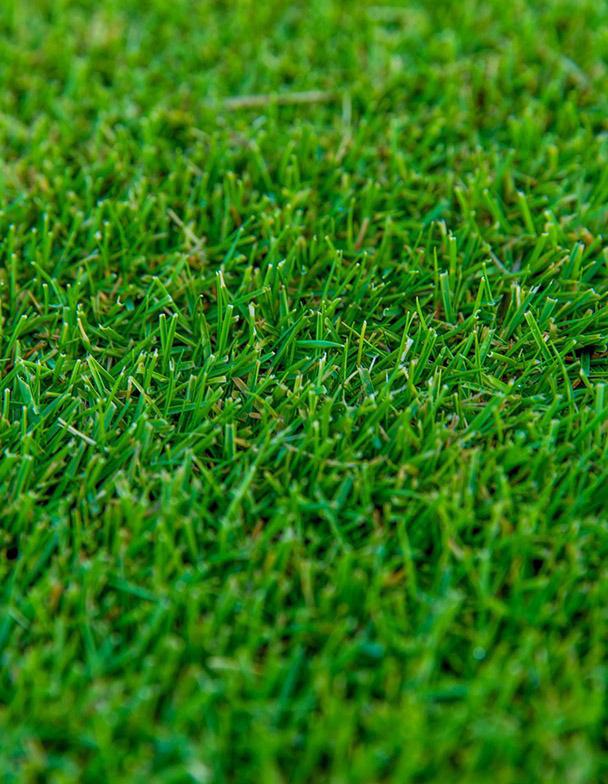
SEASONALITY
SPRING / SUMMER
AN UPGRADED VARIETY OF BERMUDAGRASS, OFFERS BETTER DROUGHT TOLERANCE AND RESILIENCE.
USAGE
GRASS


SEASONALITY SPRING / SUMMER
ANOTHER UPGRADED VARIETY OF BERMUDAGRASS, KNOWN FOR IMPROVED COLD TOLERANCE AND OVERALL PERFORMANCE.
USAGE OVERSEEDING INTO BERMUDAGRASS


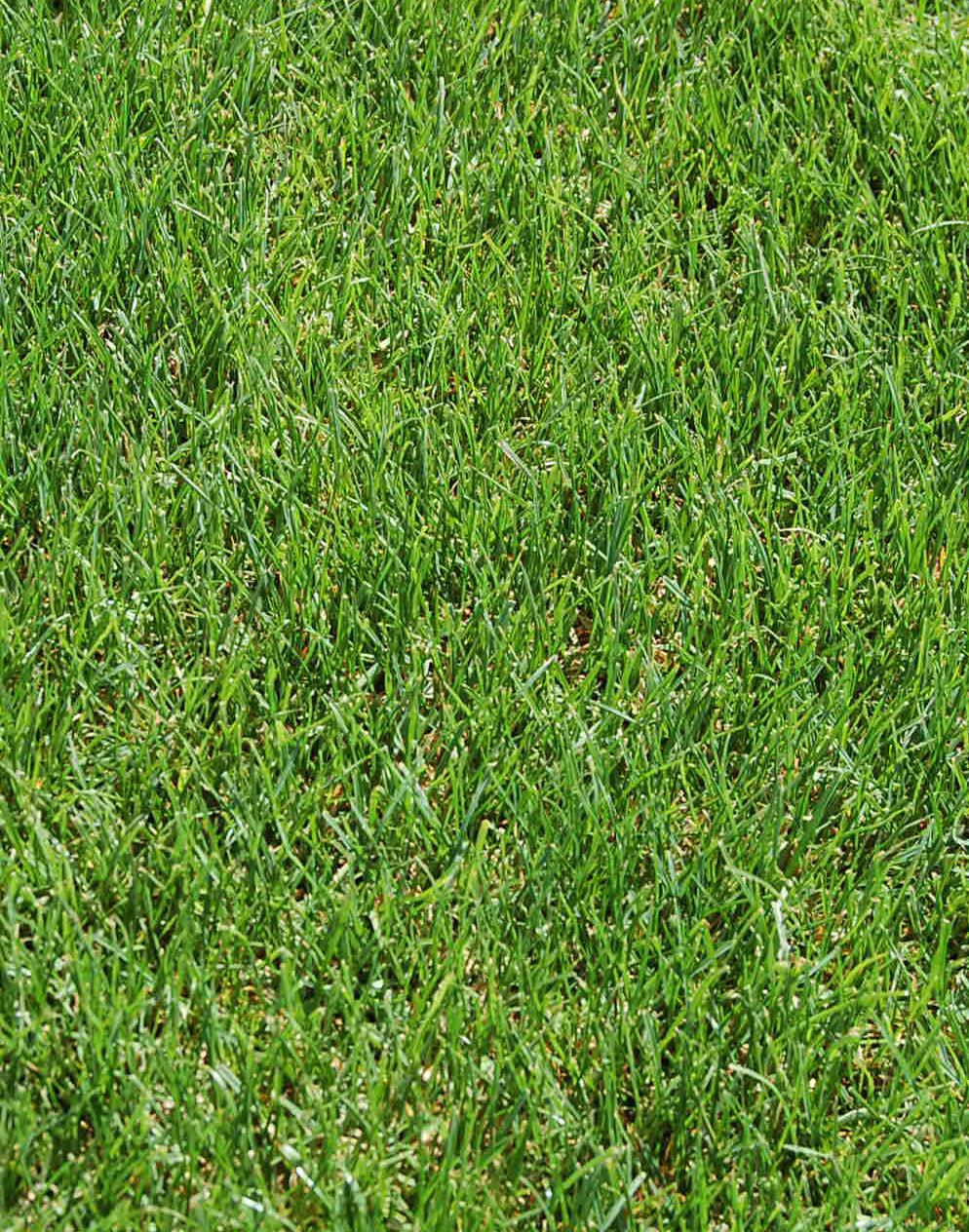
SEASONALITY WINTER / SPRING
PROVIDES ACTIVELY GROWING TURF AND A LUSH GREEN COLOR DURING COOLER MONTHS, FAVORED BY OUT-OF-TOWN GUESTS.
USAGE GREENS



SEASONALITY YEAR ROUND
COMMONLY USED ON GREENS, CAN PERFORM WELL IN WINTER WITHOUT OVERSEEDING. OFTEN MAINTAINED WITHOUT OVERSEEDING.
USAGE GREENS


SEASONALITY WINTER
SOME COURSES USE THIS FOR OVERSEEDING GREENS, ESPECIALLY IF THEY OPT NOT TO RELY ON ULTRADWARF BERMUDAGRASS ALONE.


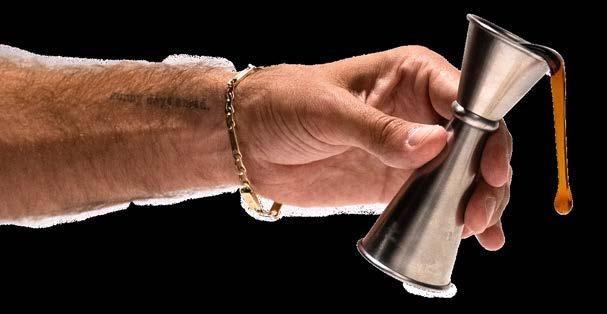
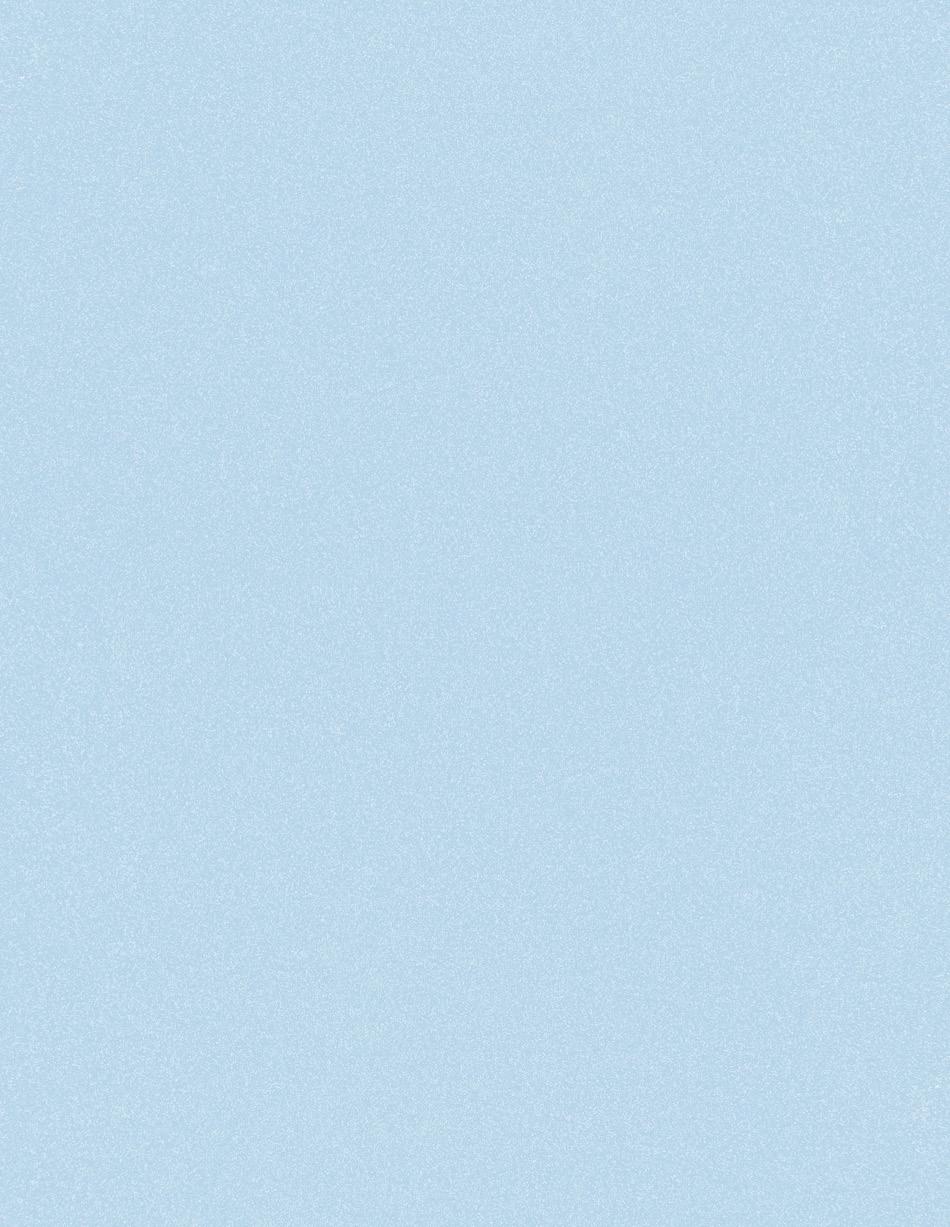



On a balmy, warm September morning, a golf course superintendent was asked by a groundskeeper, “How much of the course will we overseed?”
To which the superintendent replied, “Every single acre, wall to wall.”
“That’s gonna be a lot of work,” the groundskeeper rebutted.
With a crooked smile and a hint of sarcasm in his voice, the superintendent said, “That’s the point.”
Golf is not a game of shortcuts, nor are the labors of maintaining a golf course, and neither is the art of reimagining a cocktail as classic as the “greatest game on grass.”
The Wall-to-Wall Old Fashioned celebrates the transition from old to new, from classic to modern, and from hot and intense to pleasant and enjoyable.
At over 122 proof, “hot and intense” is an understatement for Prideful Goat Cask Strength Rye Whiskey. After all, goats were the original lawn mowers and greenskeepers. And while a traditional old fashioned is made with bourbon, this bold rye still shines through the complexity of a modern cocktail.
Like the overseeding process itself, the trick with this drink is to do much of the work behind the scenes.
For the perfect libation every time, simple syrup is crucial to consistency. For this old fashioned, the syrup is going to be what demonstrates all the love and

hard work that goes on behind the scenes. This simple syrup consists of a blend of water, coconut water, and sugar cane juice (available at specialty markets), which combine to make for a simply sweet and hintingly earthy syrup.
To brew, add one cup each of regular water, electrolyte-packed coconut water, and sugar cane juice to a pot and warm it up
almost to the point of boiling. Toss in 1.5 cups of chopped lemongrass and let that simmer for about 15 minutes, or until your entire kitchen smells awesome. Then add 1.5 cups each of turbinado sugar (or Sugar in the Raw) and agave nectar. Remember, the goal is to mix and dissolve, not cook. Once the sugar has dissolved, bottle it up and keep it refrigerated when not in use. However, this syrup will mix in cocktails best at room temperature.
The key to a perfect old fashioned is to stir to chill and dilute, never shake – this isn’t a James Bond movie. Strain over a big ice cube to prevent additional dilution. Grab a peel from a beautiful local orange and express the oils into the glass for a satisfying aroma and a slight nuance to a seemingly simple cocktail, then swipe across the rim and drop that in. Finito.
Perfect for the purist; pleasant and enjoyable for the whiskeyuninitiated, and a great conversation starter. The Wall-toWall Old Fashioned is the perfect way to pass the time while your favorite course transitions from bermudagrass to ryegrass. It may not be easy being green, but it sure can be fun.


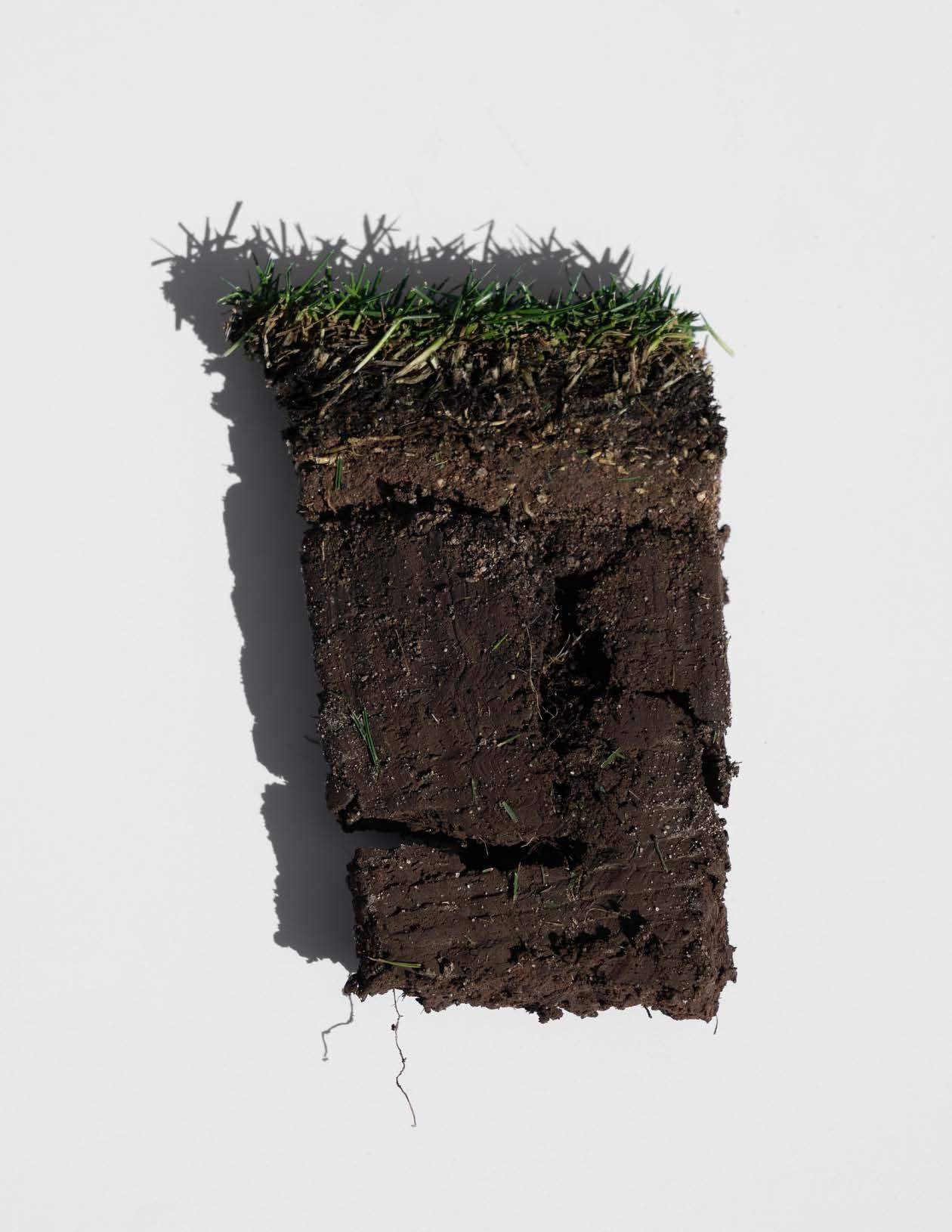
On a seasonably warm morning in mid-May, the USGA Green Section’s Brian Whitlark prowls a putting surface at Phoenix Country Club. He’s carting around an assortment of gadgets and instruments, an oldfashioned tape measure and a very intelligent smartphone. Crouching on the green, he releases a device resembling a golf ball onto the surface, pauses, then takes a reading. An anxious audience of six members and club personnel brace for the verdict, calling to mind a family waiting for the doctor to deliver the diagnosis.

“The lower the number, the better,” says Whitlark. “These are all good readings.”
Those assembled exhale. Thumbs up to a healthy green.
2008, agronomist
Whitlark has been regional director of the west region for the USGA Green Section and its Course Consulting Service (CCS). A certified professional soil scientist who’s based in Gilbert, Whitlark visits 80 to 100 courses per year on behalf of the CCS, in Arizona, New Mexico, California, Nevada, Utah, and Hawaii. Approximately 30 percent of those visits take him across the Grand Canyon State.
What brought Whitlark to the state’s most historic golf course that morning in May is a new collaboration between AZ GOLF and the United States Golf Association (USGA), where the USGA Green Section expert makes a course consulting visit and AZ GOLF picks up the expense. The program doesn’t have a catchy name yet, but its purpose for AZ GOLF is simple: helping its member clubs.
The genesis of the collaboration dates to an early 2023 meeting between then AZ GOLF Executive Director Joe Foley, who previously had been a longtime staffer with the USGA, and several of Foley’s former teammates, including Whitlark and Mike Sweeney, the USGA’s regional affairs director, West region. The concept involved an approach that had been successful in other states.
“We met with Joe and his team to discuss a program where state golf associations were earmarking dollars to subsidize CCS for the clubs that host state tournaments or those that are in need of this service that may otherwise not be able to pay for it,” Whitlark told the ARIZONA GOLF Insider.
“Joe and his team liked the idea and wanted to add value for membership clubs of AZ GOLF, especially those hosting AZ GOLF events.”
The collaboration kicked off in 2023 with a CCS visit to Antelope Hills Golf Course in Prescott, the venerable city-owned facility that hosts the annual Arizona Father-Son Championship.
“The CCS consult proved to be incredibly valuable to Antelope Hills and the city of Prescott in some of the things that they were trying to accomplish up there,” says Alex Tsakiris, assistant executive director and head of stakeholder relations, AZ GOLF. “We saw that this program was extremely beneficial. With that being fruitful, we earmarked four facilities for 2024. We started with the city of Phoenix golf courses because public golf is very important to AZ GOLF.
Encanto and Cave Creek both received CCS services early in 2024. We selected Phoenix Country Club because they hosted the 100th Arizona Amateur. They have been great partners to us for a long time.”
For those unfamiliar with the USGA Green Section’s Course Consulting Service, understand this: A course consultation from the CCS is like having Butch Harmon or David Leadbetter stop by to take a look at your golf swing. It doesn’t replace the day-today individual who’s on-site doing a terrific job, but having such renowned expertise on hand is hugely reassuring.
The USGA’s Green Section debuted in November 1920, with the brightest turf scientists of the day helming the organization — Dr. Charles V. Piper and Dr. Russell A. Oakley, both from the United States Department of Agriculture. The Green Section’s mission is unchanged since day one: to develop and disseminate sustainable management practices that produce better playing conditions for better golf.


Launched in 1953 as the Turf Advisory Service, the CCS represented a paradigm shift in department activities for the USGA Green Section. For its first thirty-plus years, the Green Section mostly stuck to research. Then it all changed. As the USGA’s Chris Hartwiger, director, Course Consulting Service puts it, “The cornerstone of the program is the presence of science-based experts located throughout the country who understand regional trends and issues, understand how to resolve or mitigate them, and are available to work one-onone with facilities. These on-site visits to participating courses by experienced agronomists, followed by written reports of findings and recommendations, is the essence of what we do.”
By 1957, regional offices staffed by agronomists established coverage across the country. At that point, any facility that wanted to subscribe to the service could obtain the full breadth of knowledge possessed by the USGA. For a modest fee, the club obtained the equivalent of a doctor on a house call.
Hartwiger states that their first focus is producing healthy turf.
Specifically, the CCS agronomist might address everything from a turfgrass disease outbreak to a playability concern. For instance, golfers might not like the way their bunkers play, so the agronomist will explore what’s at the root of the problem and suggest an economically feasible fix.
According to Hartwiger, two main items make CCS so successful and distinctive.
“We have a national presence and no commercial ties,” he says. “Over the last 75 years, it’s clear that the USGA’s commitment to placing science-based turfgrass experts across the country is unprecedented in the industry. There is so much value in visiting local markets and courses. One person can’t keep up-to-date on the issues, but 8 or 10 or 15 makes a huge difference. When you couple this with the fact that we do not have any commercial ties, we are viewed as being a resource ‘for the good of the game,’ and we move into a role as a regional expert and trusted advisor for our clients.”
Whitlark states that there is no such thing as a “typical” CCS visit.





“Each visit is tailored to the unique challenges and budget of each property,” he explains.. “There is no template.”
Nonetheless, CCS visits often revolve around soil sampling; testing the greens for firmness, speed, and turf health; measuring moisture in the fairways and greens; discussing the irrigation system; and evaluating the sand. In most cases, the USGA agronomist also examines the maintenance facility and the course maintenance equipment. Consulting visits can be halfday or full day; for 18-hole courses, half-day is the norm, at a cost of $3,000.
Soon after the consult, the Green Section agronomist files a report and submits it to the club. Whitlark describes the report as a detailed summary offering observations and recommendations for

each of the topical items discussed during the visit. It includes images and explanations of practices and recommendations for the benefit of the golf course superintendent and course officials.
After conferring around a breakfast table on that Friday in mid-May, Whitlark accompanied the Phoenix Country Club representatives onto the golf course. Reaching into his bag, like a magician with his top hat, Whitlark withdrew one distinctive measuring device after the next. The first red-handled tool extracted turf into a small metal container, where it would be tape measured and its layers examined like a baker evaluating a slice of birthday cake.
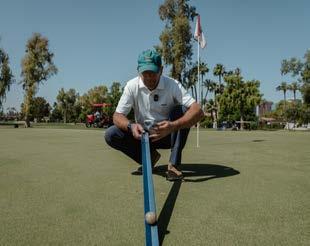
Ideally, the darker soil nearest the surface grass should look more like the lighter, sandier soil underneath, Whitlark observes, but he praises the soil sample overall, stating that roots grow well in this specimen.
Call them toys, call them tools of the trade, each unique instrument revealed valuable feedback. Terms such as “rhizomes,” “organic matter,” and “sand topdressing” were bandied about, amid knowing nods. Still, the prized Christmas present unwrapped that day was seeing the USGA’s GS3 technology tool in action.

The GS3 is a specially coated sphere the same size and weight of a standard golf ball. Within it, however, is a package of sensors capable of tracking more than 15,000 data points when rolled down the gentle incline of a current version USGA Stimpmeter and across a portion of a putting green. When integrated with the USGA’s DEACON app (named for Arnold Palmer’s father), the GS3 ball can measure green speed, smoothness and trueness, and when used with another device, can measure firmness, where the ball is dropped from a specific height and measures the resulting dent.
With the GS3, superintendents can also monitor bunker and fairway firmness, with all data sent directly to their smartphone. It’s an accurate, time-saving tool that assists in managing mowing practices, resource applications, and course setup.
Whitlark doesn’t sugarcoat that there can be occasional territorial issues between the CCS expert and any club’s superintendent — but they’re far from insurmountable.
“Superintendents and USGA agronomists are not always on the same page, nor do we always agree,” admits Whitlark. “However, we are
both there for the benefit of the club and generally, we work together well.”
An experienced, successful superintendent, such as Phoenix Country Club’s Director of Agronomy Craig Werline, views Whitlark’s presence on site as a huge positive.
“Brian has such a wealth of knowledge,” says Werline. “He draws from other USGA agronomists he talks to from all over the country. They’re always in contact with each other. They have access to research at universities that I would never know about and they have it at their fingertips. Not to mention, they confer with dozens, hundreds of superintendents that are doing research at their own properties, both locally and nationally. That’s a lot of good research they bring to the table. I think it’s great to work together.”
Whitlark observes that the scope of a visit to a memberowned private facility, such as Phoenix Country Club, isn’t automatically different from what might take place at cityowned municipal courses such as Encanto and Cave Creek. Every consult shares traits, but recommendations can differ dramatically based on economic realities.
“The differences are not necessarily between private and public/municipal courses,” he says. “The differences are really based on budget and golfer expectations. There are private courses I work with that have very low budgets and the recommendations take the monies available into consideration. There is no sense recommending rebuilding greens or replacing an irrigation system and cart paths if the course does not have the budget or capital funds to even consider such large expenditures. In such cases, we have to be creative and come up with a realistic short-term and longer-term plan to improve conditions.”
The symbiosis between AZ GOLF and the USGA is rooted in a common goal.
“The goals from AZ GOLF align with the goals from the USGA Green Section — to provide unbiased agronomic advice that will help the golf course produce and maintain the highest level of golf experience while minimizing resource inputs,” says Whitlark. “Secondly, AZ GOLF is looking to foster and strengthen relationships with member clubs.”
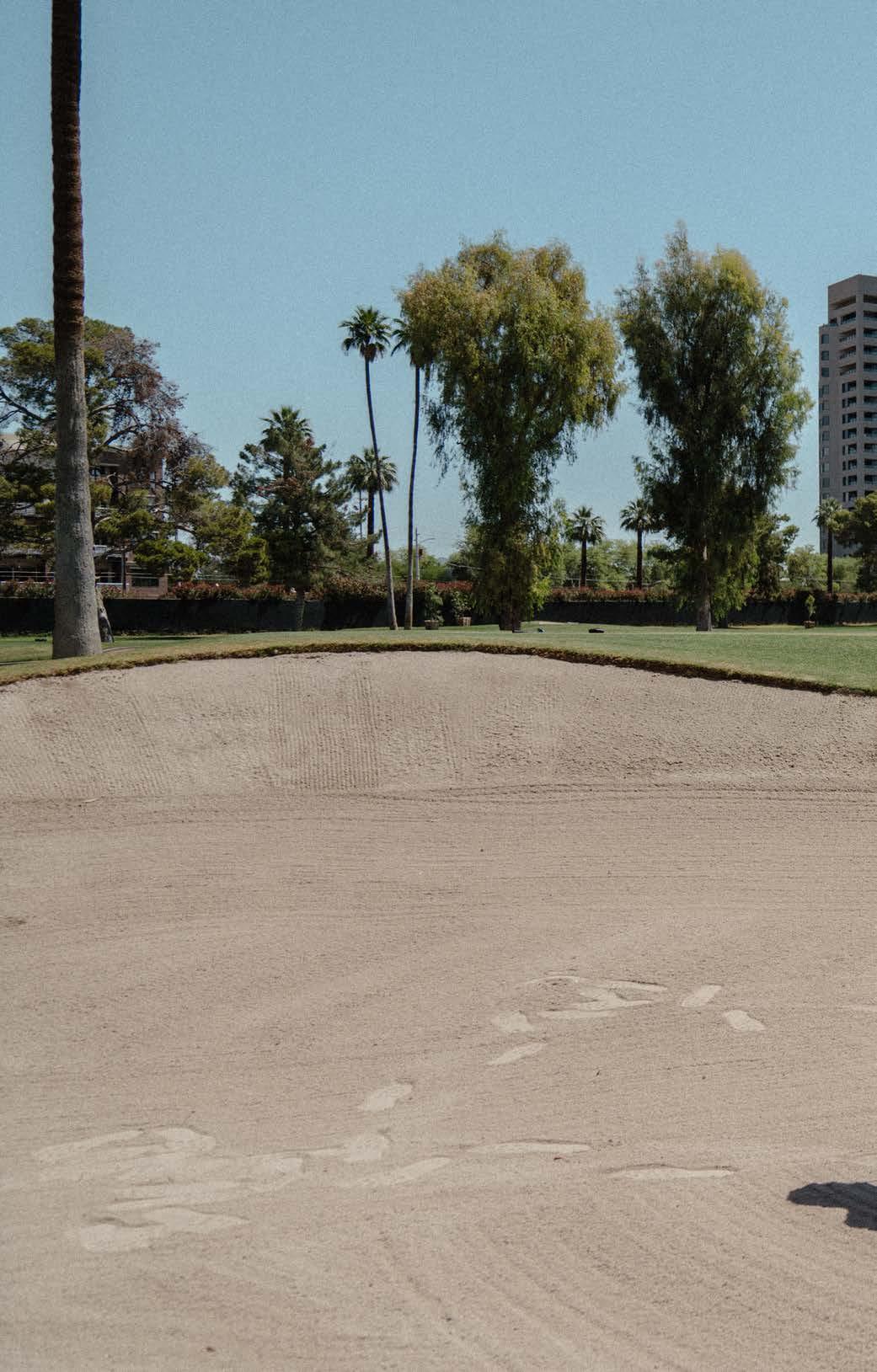
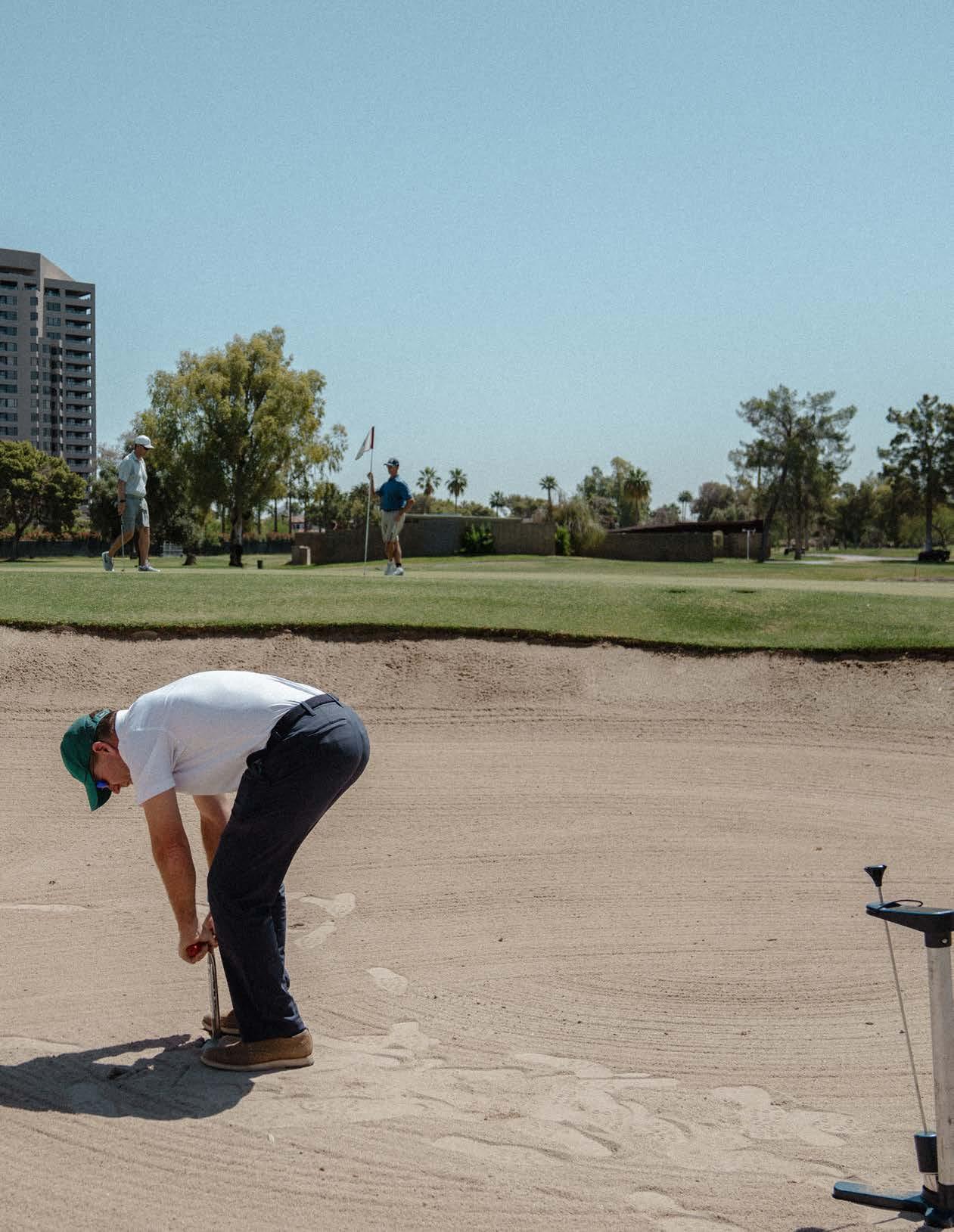
Tsakiris believes that not only does the facility benefit from a CCS visit, but the individual golfer does, too.
“We want the best playing experience for all golfers in the state of Arizona,” he says. “And by providing this report from a USGA expert, we think that can provide the best playing experience for the golfer.”
Among the benefits of the CCS consult is informing and educating clubs and golfers as to how to be proactive when it comes to sustainability. “Part of what Brian’s able to do is identify areas that can be more sustainable,” says Tsakiris. “He can talk about different turf grasses that in the future could be much more sustainable, where you wouldn’t have to overseed. A couple of facilities around the Valley are already moving towards that. It’s important that we’re discussing these topics and have research to support the findings.”
Thus far, the program has been well-received, even impactful.
“When it comes to the city of Phoenix, having that report to
take to the decision-makers is going to move the needle,” says Tsakiris. “That’s kind of the last push they needed to start making changes at the facilities. We see a ton of value in this program because it connects us with golf course facilities. It shows that AZ GOLF is being proactive in advancing golf in the state of Arizona.”
AZ GOLF has its eye on multiple future venues statewide that could benefit from its win-win collaboration with the USGA Green Section’s Course Consulting Service. Assisting the city of Tucson courses is high on the wish list, along with other deserving candidates. With the objective of improved conditions — or at least a pathway to improved conditions — a CCS visit and report is the gift that keeps on giving. Tsakiris is bullish on the positives to come because of this partnership.
“I’m optimistic because we have the opportunity to make a difference,” he says.. “And who doesn’t want to do that?”
DISTANCE MOWED 4.53 MI

TIME SPENT MOWING 46 MIN. 32 SEC.
DISTANCE MOWED 0.93 MI

TIME SPENT MOWING 13 MIN. 14 SEC.
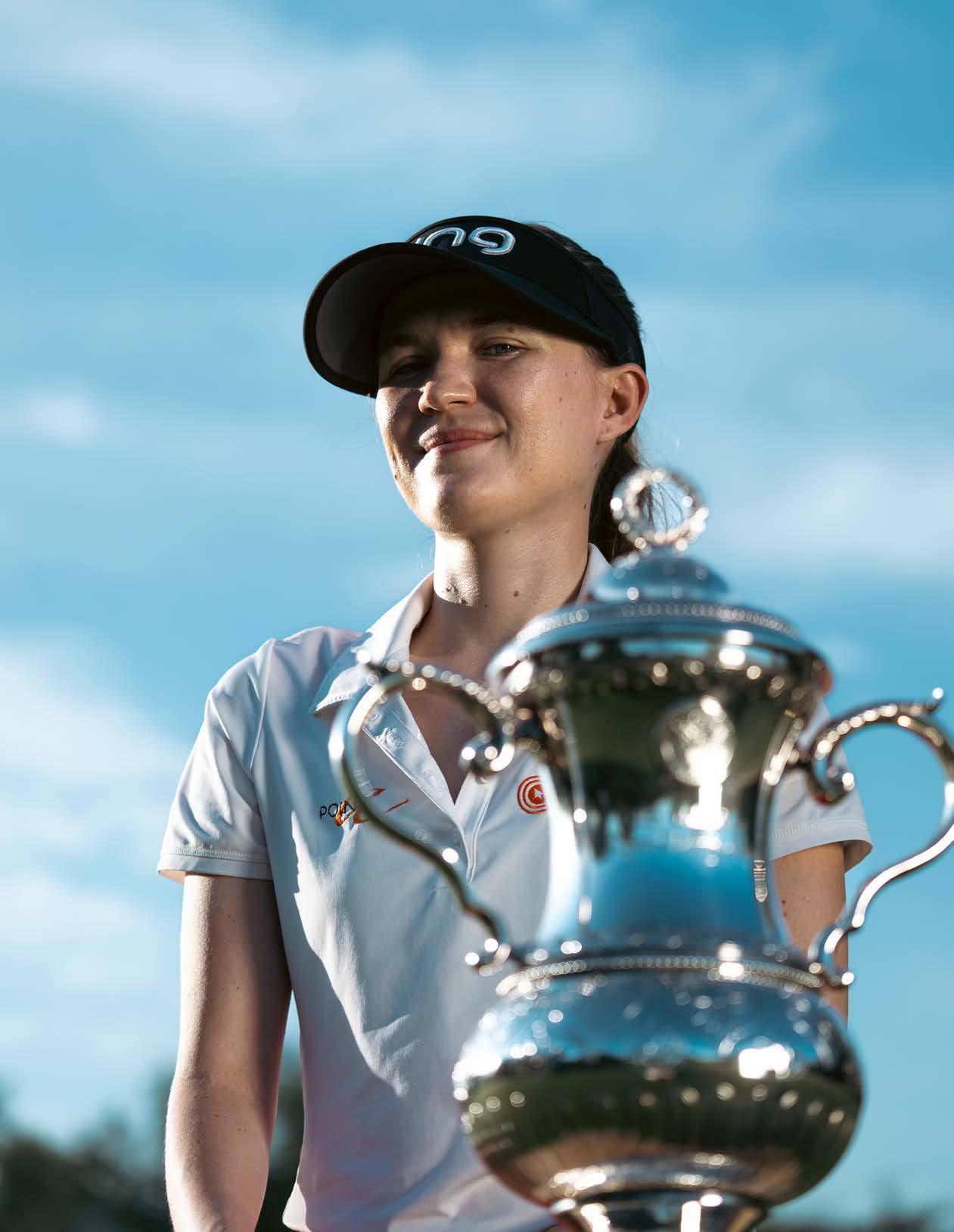
As a child, Bailey Bish would sometimes set up a stand in her backyard where she would sell chocolate chip cookies and lemonade to passing golfers at Forty Niner Country Club. After the course was closed and she was all sold out of cookies and lemonade — money she earned she donated to.. victims of the 2010 Haiti earthquake — she and her friends would throw softballs and footballs on the fairways. It’s clear the country club had an impact on Bish from a young age, but not in the way one might expect.
Bish grew up in the neighborhood next to Forty Niner Country Club, which is situated in a dense desert oasis in Tucson, nestled at the foothills of the Catalina and Rincon mountains. She lived on the sixth hole from ages four to six, before

moving to the fifth hole, where she stayed until she was 17.
Despite spending a lot of time on and around the golf course and watching golfers from her window alongside her grandma, golf did not pique Bish’s interest right away. Among the collection of sports she enjoyed such as swimming, volleyball, soccer, and softball, Bish’s sport of choice was basketball. She held down the post as a power forward and center, and cracked Tanque Verde High School’s varsity roster as a freshman.
“I wasn’t into golf back then. I never thought I’d be golfing. My parents tried to get me to play golf when I was younger, probably around seven to nine. They tried to convince me but I had no desire. I just wanted to play basketball,” Bish says.
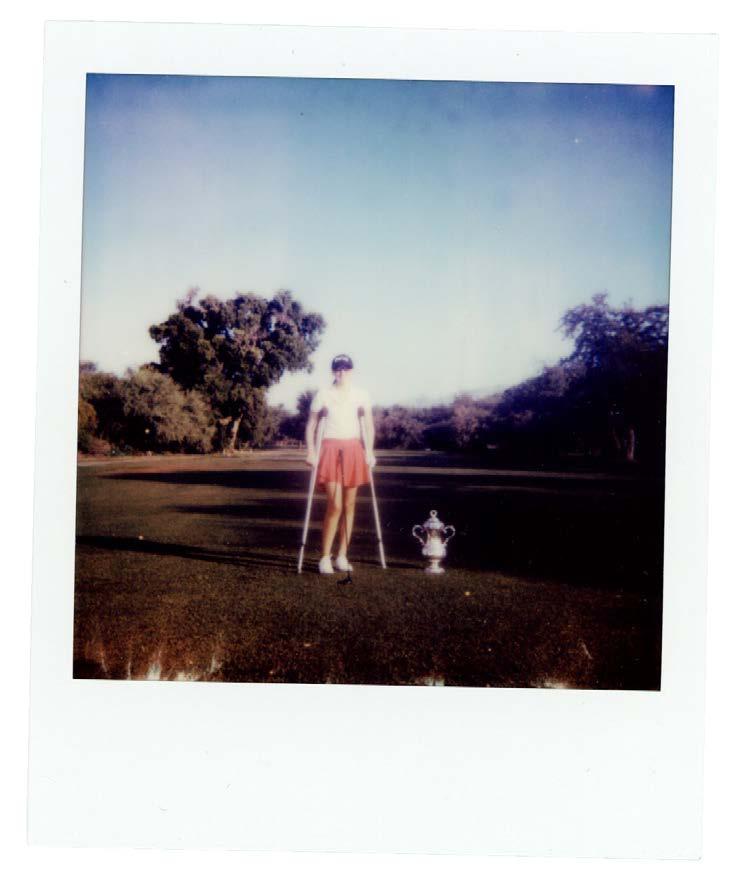
As it turned out, observing those golfers came in handy when jumpshots and fadeaways were no longer viable. At age 6, Bish was diagnosed with trigeminal neuralgia (TN) — a chronic pain condition that causes sudden, severe, and sometimes debilitating facial pain,
as well as temporomandibular joint disorder (TMJ), which causes her jaw to pop out of place, inducing extreme pain.
The latter caused her jaw to dislocate after a couple hard hits to the face during her freshman
and sophomore basketball seasons. Realizing she had to find a non-contact sport to satisfy her competitive edge, she finally took the plunge and turned to fairways and tee boxes.



“I remember thinking, ‘Well, I’ve seen all those golfers out my back window for years and I’ve seen a lot of really funny swings, but the ball somehow goes straight. I’m athletic, I should be able to do that, and maybe even better.’ So that’s when I picked up golf,” Bish says.
After her first swing was observed by a coach, Bish was hooked. She shocked him by hitting a 150-yard dart with her 7-iron at a target on the driving range, followed by two mishits that created a burning desire for more.
Bish joined her high school team, but a cloud loomed over her newfound love for golf. As a freshman, she began experiencing symptoms of postural orthostatic tachycardia syndrome (POTS) and dystonia. POTS was diagnosed quickly, but despite early scans showing dystonia, her symptoms remained a medical mystery to her doctors for four years. Her condition wasn’t properly diagnosed, or treated, until she turned 18 and could finally see specialists at Mayo Clinic.
For about a year after high school, Bish didn’t pick up a club or play any sport due to the severity of her spasms — the first extended period in her life without competition. Visualizing golf courses and playing them hole-by-hole in her mind helped her persevere.
“It definitely helped me get through that time. It was hard. Having something that I loved to think about and hoped for in the future was huge,” Bish says. “At that time, I didn’t know that adaptive golf even existed, so I just wanted to get out swinging and maybe playing a bit again.”
Eventually, she discovered adaptive golf at the University of Arizona’s Paralympic Sports Fest. She modified her swing and began receiving Botox injections, which enabled her body to play golf. To manage pain and spasms, she continues to get Botox injections every three months, but there’s a caveat — as if perfecting a swing isn’t hard enough, Botox forces her to relearn her swing every three months.
After the injections, she takes a couple of days to recover. By the third day, she can return to the driving range, but her swing is erratic, and the ball carries 10-15 yards less than she is accustomed to. It takes about three weeks before her swing is decent, and another three weeks before she regains her distance and the confidence to play in tournaments again.
Dialing in a golf swing is a lifelong journey that drives all golfers crazy. After all, who isn’t guilty of falling down the rabbit hole of YouTube videos, golf lessons, and buying new clubs in hopes of perfecting their swing?
Having to relearn the same swing every three months would frustrate anyone. By her own admission, it’s a challenging process as her muscle memory and swing plane require constant tuning, but her love for golf has never wavered. The golf course is her sanctuary, a place where she feels comfort, community, and contentment.
“I just have a lot of joy when I’m on the golf course. I feel at home and it makes me happy. I feel relaxed there,” Bish says. “I love the people
I meet on the golf course. It really is a great community. And I love being around the adaptive golf community too, which encourages me to keep putting in all the hard work to continue playing my best.”
Despite facing numerous obstacles, Bish has not only found a way to continue to compete but has also etched her name into the United States Golf Association’s (USGA) history books alongside legends like Tiger Woods and Annika Sörenstam. On July 10, Bish became the Champion of the 3rd U.S. Adaptive Open Championship. A light of optimism amid challenges, Bish could not have even imagined an achievement of that stature when she struggled to play three holes just a few years ago.
Bish no longer lives on Forty Niner Country Club, but it is still her home course. It’s where she stores her SoloRider and where she received a warm reception when she returned home from Sand Creek Station in Newton, Kansas after her inspiring win at the Open.
Now a USGA Champion, Forty Niner Country Club symbolizes more than just her childhood memories; it symbolizes her incredible resilience and passion for the greatest game on Earth.
“Golf has taught me that things get really hard sometimes and sometimes you can’t see your way out of the darkness that you’re in,” she says. “But with enough hard work, determination, and a support system, you can really achieve any goal that you have.”

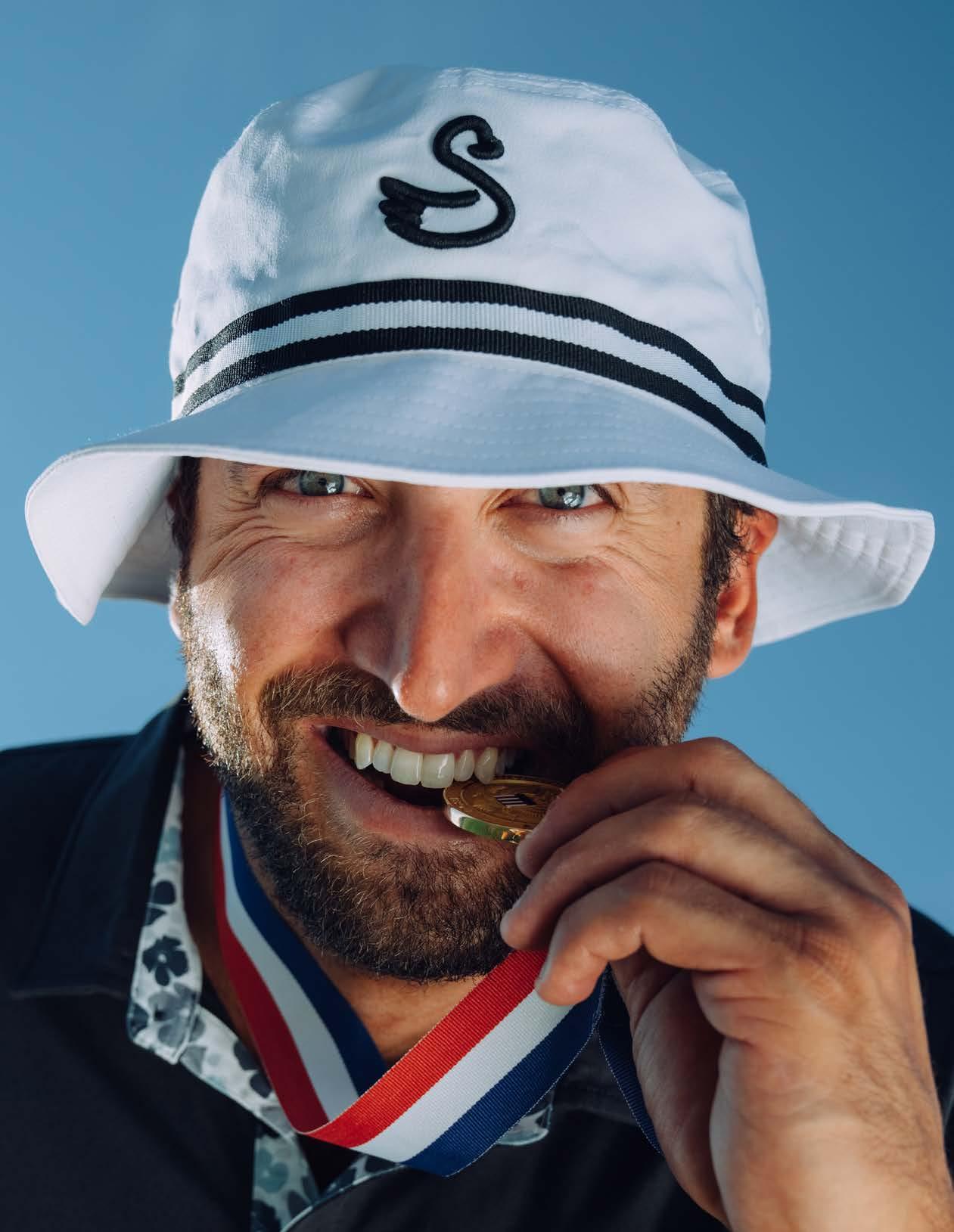

If you’re a weekend warrior golfer who still holds secret dreams of professional (or, at the very least, amateur) success, Sam Engel might just be the inspiration you need to keep chasing that dream. Of course, odds of your story ending with taking home the trophy for the U.S. Amateur FourBall Championship might be a stretch, but Engel is the rare golfer whose obsession with the game began long after that of most highly skilled players.
Engel’s family moved to Arizona when he was just a year old, and though his father enjoyed golf and he was surrounded by plenty of championship courses, the sport was never much more than an afterthought — a thing to pick up once or twice a year outside of hockey season.
“My dad introduced me [to the sport] when I was pretty young, but we only played once a year.
It was kind of a special occasion,” Engel explains.
It wasn’t until his high school buddy Ryan Tosto got really, really good that Engel took an interest in the sport — his competitive edge drove him to get just as good as his pal. By his sophomore year in high school, he headed to Eagle Mountain Golf Club in Fountain Hills every day after school. As a child of divorced parents, he, his brother, and Tosto made things easier on his folks by spending each afternoon on the course. Drop off and pick up never changed. It was always at Eagle Mountain.
Within a year of seriously picking up the game, Engel was a scratch golfer. So, odds are most of us could never be a scratch golfer in a year like Sam Engel, the dude is just too naturally talented; but hey, a player can dream. Despite his inherent ability to hit the heck out of a golf ball, Engel relied on some assistance to polish his game.
WORDS
BY
WILL SCHUBE | PHOTOS
BY
ALEX JOHNSON




“I started taking lessons and actually working on what the coaches said. I really wanted to get good enough to be on the high school team and beat my buddies,” he says.
Not only did he make his local high school squad, but he starred on the team, and was good enough to play in college (he thought). After zero scholarship offers came through, Engel went on the attack, exercising the selling skills that would inform his current job in software sales.
“Because of my late start, I wasn’t on the radar of a lot of college teams and I also probably wasn’t really good enough to be a Division 1 player. I think there was potential there at that time, but it was kind of hard to sell coaches on, ‘Hey, I’m going to be a good player, but maybe I’m not good enough yet,’” he explains with a chuckle. “Now I’m in sales and I started in business development. I think that was my first ever sale — trying to get a college coach to agree to take me on a Division 1 team.”
He took a last-minute offer from CSUN — California State University, Northridge — upon the agreement that he wouldn’t find much playing time during his freshman (and possibly his sophomore) year. Luckily, he found a teacher in his coach Jim Bracken, who helped shape him into the player he is today, regardless of how much course time he saw during those first years of college.
“Jim has been an amazing mentor in my career and in my life. He’s still a good friend of mine to this day, and I just had an amazing experience playing for him,” Engel says. “I was super lucky and grateful that he gave me a chance to develop my game there. By junior year, I played in every event.
By senior year, I really started to become the player that I am today.”
After college and multiple years trying to grind it out on various professional tours across the world, Engel took the COVID-19 pandemic as a sign to retire his professional dreams.
“I just wasn’t quite there,” he explains. “I wasn’t quite good enough. When COVID hit, it provided an opportunity for me to stop. I needed to make some money because I wanted to have a family.”
Though Engel officially left the professional golf grind during the pandemic, the idea of being an extremely successful golfer remained top of mind. He re-applied for amateur status in late 2021, which involved submitting a form to the USGA (United States Golf Association), who then reviewed pro earnings and determined the amount of time he had to wait before regaining amateur status. Afterwards, he began requesting time off from his sales job and taking weekends to head to tournaments and rediscover his competitive edge — one that remained regardless of professional or amateur status.
Of course, this dream probably wouldn’t have been possible without Engel’s unique position as a workfrom-home rockstar.
“A lot of people have a 30 minute drive to work, 30 minute drive home. So that’s an hour a day that I have to do with as I please. I live about eight minutes away from the course at which I’m a member,” he explains. “My morning meditation is to go to the course—chip or putt or hit balls for an hour or do something golf related. Sometimes when I’m done with work, I’ll go play nine holes in the afternoon.”
Even though Engel’s no longer a professional, he still dedicates ample time to becoming the best player he can be.
That effort culminated earlier this year when he and his playing partner, Brian Blanchard, took the Philadelphia Cricket Club by storm and won the U.S. Amateur Four-Ball Championship. Earning the hardware at the event wasn’t specifically a goal for Engel, but it’s hard to become as successful a competitor as he is without always thinking there’s a chance to win.
“The stars aligned for us and we were playing really well going into the event, but we just stepped up our game. It’s still pretty surreal to think about,” he says.
Engel won the Arizona Mid-Amateur Championship in 2023, and felt so much joy in bringing his hometown pride on a national stage. “It was an honor to represent Arizona and our association,” he says.
It was kismet to win with Blanchard, a fellow software professional from Arizona, who he had met while playing in local events.
Hopefully, this is just the beginning of a prolonged winning streak. “It just felt like destiny that we were there,” he says.
Things rarely go as they are planned — such as being left on read by Division 1 coaches or not hitting your stride as a professional golfer — but as Engel experienced, there’s beauty to be found along the journey. As it turns out, Engel is still a high-caliber amateur golfer, and reaching the peak of leaderboards in local and national tournaments is no longer a surprise, it’s an expectation.
Some may even say, “He’s a bucket.”


As a high schooler, Brian Blanchard had dreams of playing Division I golf for a university like Oklahoma State or local powerhouse Arizona State University (ASU), which was just 30 minutes south of where he grew up at Wildfire Golf Club. Though born in Washington, Blanchard and his family moved to the Phoenix area when he was 8 years old. In his new hometown, he picked up a golf club for the first time thanks to his father, a scratch golfer — and was immediately hooked. Blanchard’s game developed very quickly, but pressure to grab a scholarship from a top school made the sport feel like a job. By the time he got to college, he was completely burnt out.
“I was not good in high school,” he explains with a laugh. “It’s a relative term, but I wanted to get a golf scholarship, which wasn’t realistic. It became apparent pretty quickly when I started talking to coaches.”

It was a tough pill to swallow for Blanchard, but one that taught him a valuable lesson.
“You spend time with your dad’s buddies on weekends and they’re like, ‘Man, you’re really good.’ But then you play an AJGA event and it’s completely different.”
He refers to that period as a “constant reality check,” and by the time he headed to ASU for college, he put his clubs away for what felt like the final time.
Blanchard has always been career driven and pursued a computer engineering degree. After his freshman year, he secured an internship at a software company called Workiva — the place he still works at as a senior staff engineer leading the mobile team. As his future began coalescing and Blanchard became more secure in his career path, the itch to get back to golf slowly returned, and between his junior and senior years, his game took a leap.


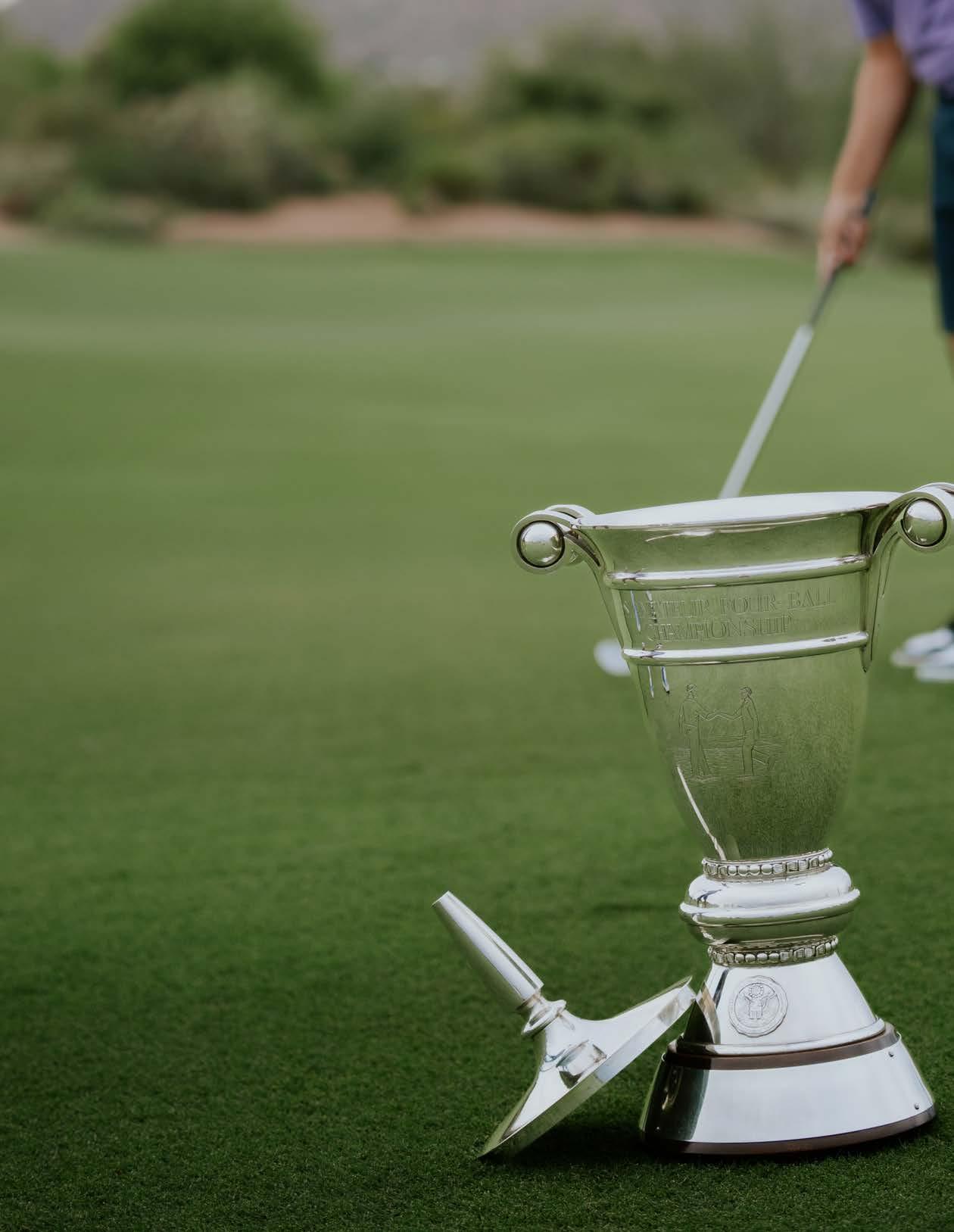

“I started practicing in the summer after work and on the weekends,” he explains. “I had some success, which was fun. I finished second in stroke play of the Arizona Amateur Championship in 2014 at Desert Highlands Golf Club.”
Despite the taste of near-victory, Blanchard was disciplined enough to stop his pursuit of competitive golf when the school year came around. As soon as his senior year ended, Blanchard bolted for a month-long Eurotrip. Immediately upon returning, he began his job and prioritized balancing his busy work schedule with a passion he hoped to turn into something more.
“I joined Mesa Country Club and I started grinding. I was 22 at the time. When I turned 25, I qualified for the Arizona Mid-Am,” he explains.
Ironically enough, Blanchard’s limited time to hone his craft enabled him to get better.
“I was working full time and I could only go to the course in the afternoons, and I would just play. I learned very quickly that there’s a difference between practicing the golf swing and playing golf,” he shares.
Eschewing range work for oncourse experience helped him find his peak form faster than ever before.
“I learned how to play golf and shoot a low score even when I didn’t have my best stuff,” he says.
Now, as a member at Desert Forest Golf Club, he can get solid course practice on one of Arizona’s toughest courses in an hour and a half.
Before work or after, Blanchard always has time to golf.
Blanchard, who is now 31 years old, lucked out by working at a company that promotes a healthy work-life balance and actively takes an interest in his golf career. Still, though, managing to play tournaments while holding a 9 to 5 takes some diligence and finagling from Blanchard, and flexibility from his employer.
“I’ll travel the day before the practice round, in the evening if possible. I’ll try and play a practice round early, so by the time it hits 9 a.m on the West Coast, I can be done with my round and be ready for whatever event I’m playing in,” he says.
When gameday comes around, though, Blanchard is all hands on deck: “I’ll take PTO for tournament days,” he adds.
Blanchard’s biggest success came this year when he and his partner, Sam Engel, took home the U.S. Amateur Four-Ball Championship at the Philadelphia Cricket Club. The duo survived stroke play and then a bevy of matches against top amateurs (even defeating phenom Blades Brown and his partner Jackson Herrington in the final match), all while Blanchard played through a balky ankle. With so much on the line, he refused to call it quits no matter how much pain he was in.
“By the end of things, I was running on pure adrenaline,” he says.
Though Blanchard doesn’t have as much time to dedicate to the game as some of the players he competes against, he sees this as an advantage of sorts.
“I don’t really worry about anyone else. I have a different mentality than they do,” he shares. “Their goal is to be a professional golfer. My goal is just to compete and see what happens. If they beat me, I don’t really have anything to lose.”
This philosophy has helped Blanchard conquer his nerves during high-profile events and take home some serious hardware. He harbors a very peaceful attitude towards competition, mostly because he’s spent so long understanding the thrilling highs and demoralizing lows that come alongside golf — whether it’s your first day on the course or you’re Scottie Scheffler, nobody is immune.
“If I was driving my self-worth off winning championships, I wouldn’t be very happy,” he says. “The odds are not in your favor if that’s what you’re after.”
Instead, Blanchard just wants to be good. A good man, a good husband, and, yes, a good golfer.
“The thing I like about golf is evaluating my game and trying to be the best I can be at it. That’s where I get the fulfillment,” he says. “Obviously I prefer to win tournaments, but I don’t play for that. I used to play for that, but success is a fleeting feeling.”
Golf has a way of humbling the best of us, and Brian Blanchard likes it that way. He sums up why the game brings him so much joy with stoic simplicity: “Golf teaches you resiliency.”
And if you win, how to drink out of a very large cup.


Let’s start from the top. Carl Miltun’s hat, a gift from his father, is from the Colorado Golf Club where he competed in the U.S. Amateur last year. It’s white, just like all his hats, with a high crown for that classic, old-school look.
He’s wearing a Troon North Cutter & Buck knit polo with baggy sleeves — just the way he likes them. It is not vintage, but it has a vintage design true to character.
A Smathers & Branson belt adds a touch of tradition. Needlepoint belts are the best, according to Miltun. Just like his pleated khaki pants, they bridge the gap between classic and contemporary.
To complete the look, he’s sporting vintage SoftJoy shoes with a curtain saddle that predate him by about 25 years.
When Miltun was growing up, everyone wanted to be like Rickie

Fowler. He isn’t a huge fan of bright colors, but he was a huge fan of the way Fowler stood out and didn’t care what people thought about him. Miltun wanted to do the same thing, but put his own spin on it.
His biggest fitspiration is Fred Couples. When Miltun realized he didn’t like the athleisure wear common on golf courses today, he began to scour thrift stores for baggy sleeves, pants and visors, easily found with a Pinterest search for Couples. More recently, he’s admired Jason Day, as he polarized the PGA TOUR with his Malbon heater.
“I’ve always thought that golf is a classy sport. I don’t want to look like I’m playing basketball, so I wondered how I can be edgy, but still look classy. I love getting dressed to go out and looking sharp and I just felt more loose when I was wearing fun, vintage outfits,” Miltun shares.
WORDS BY BRANDON GENSON | PHOTOS BY ALEX JOHNSON
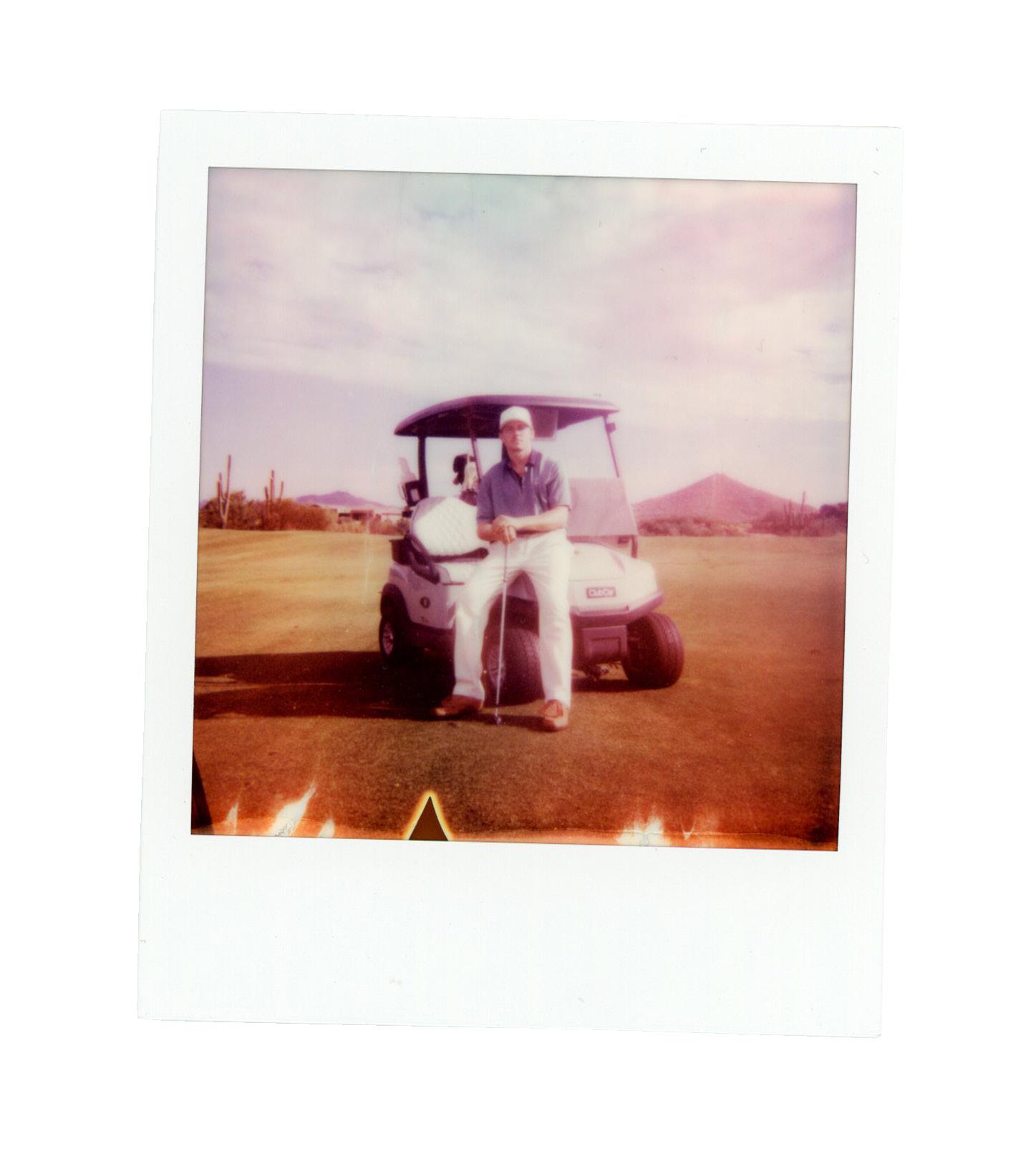

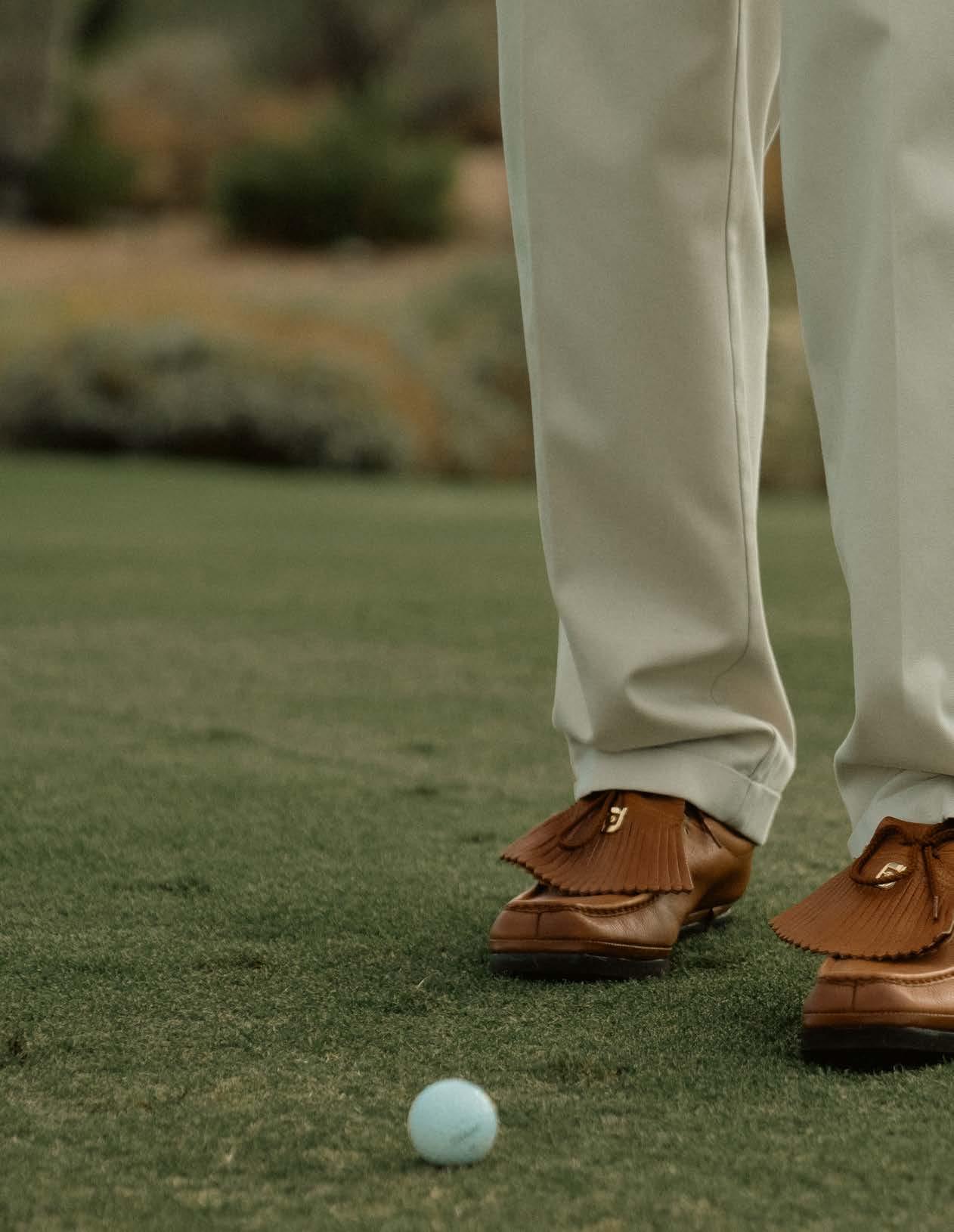

“Flashy” aptly describes Miltun’s fashion and his long-hitting style of play, which carried him to the championship match of the 100th Arizona Amateur, but Miltun wasn’t always flashy on the golf course; he grew into his swagger.
One of his earliest memories of golf is going to the driving range with his dad. He thought it was boring, and all he wanted to do was look through the rangefinder. Fast-forward a few years, and Miltun’s basketball and baseball teammates took up golf in their downtime. Wanting to join, he picked up some old clubs for a few bucks at a garage sale.
“I think they were actually called Mastergrip. They were the weirdest brand ever. It was just perfect,” Miltun says. “They were Senior Flex. They were cut down, probably womens’ clubs to be honest, but they were perfect for me as a kid. I could beat them up in the desert since I wasn’t hitting fairways back then.”
Around age 10, he started to take the game more seriously. By high school, playing college golf became a goal of his. Hoping to reach his full potential, he opted to focus all of his efforts during the school year on hitting fairways and greens. Basketball and baseball were his first love, but the independence of golf made it his sport of choice.
“I love the individuality of it. There’s nobody to rely on besides yourself, and I think that it’s a true test of mental and physical ability. Being responsible for your own success and downfalls is really what I admire about golf. It’s just you and the golf course,” Miltun says.
Coming out of Gilbert’s Williams Field High School, Miltun was
not heavily recruited; he did not develop into a college-level talent until later in high school. A few small schools expressed interest, but they discouraged him from pursuing another passion: mechanical engineering.
Several coaches rejected him, yearning for his skills on the course but insisting he choose a less demanding degree program to accommodate the rigorous schedule of a college athlete.
Then Missouri S&T came along — a Division II school where most of its 6,000-plus students major in engineering, business sciences, or mathematics. A school where Miltun could play golf while pursuing a passion that would position him well later in life made the choice easy for him.
“I know that I have a solid foundation with the academic route that I took, and if I end up having to use that degree, I wouldn’t be upset,” Miltun says. “That’s why I didn’t want to compromise on that when I went to college, because I know that it’s something else that I’m passionate about, and I can find fulfillment in down the road.”
Despite having a STEM degree, Miltun doesn’t approach the game like a scientist, meticulously analyzing every detail like Matt Fitzpatrick or Bryson DeChambeau. Although he has a strong understanding of course design principles and weighing the riskreward of each shot, he prefers to view the game “artistically.”
“(Viewing the game artistically) is just allowing the shot to come to you, and not always being the guy that has to hit their stock shot in
a particular spot every time. I’m willing to bend the ball to create the shot that fits my eye,” Miltun says. “I think that’s one of the things that helps me play and adapt to a lot of different courses and different styles of golf because I want to play the course as it was designed. Instead of trying to forcefully play the course to shoot the best score, I think there’s a way it was meant to be played, and sometimes that helps me devise a strategy to play that particular course.”
Miltun graduated from Missouri S&T in May, and spent this past summer as an amateur, preparing to turn pro. Armed with a support system of friends and family who remind him that he will regret not giving it a run, he is giving himself at least three years to make it to the PGA TOUR.
The road to the TOUR is a grueling journey—long, sometimes lonely, and without any guarantee of ever truly “making it.” But several people older than Miltun have shared with him their regrets of not pursuing their dreams. Determined to live without regrets, Miltun is confident that chasing his dream is the right path for him.
“I’ve always thought to myself that things happen for a reason, and I feel like every decision in my life has put me right here. I think if I continue to lead my life that same way, with that same attitude, that things will work out in my favor, whether that’s golf or not,” Miltun says. “Of course, it sounds a lot more fun to play golf, but if that doesn’t pan out, that’s not the end of my life. There’s plenty of other things that I can find fulfillment in.”

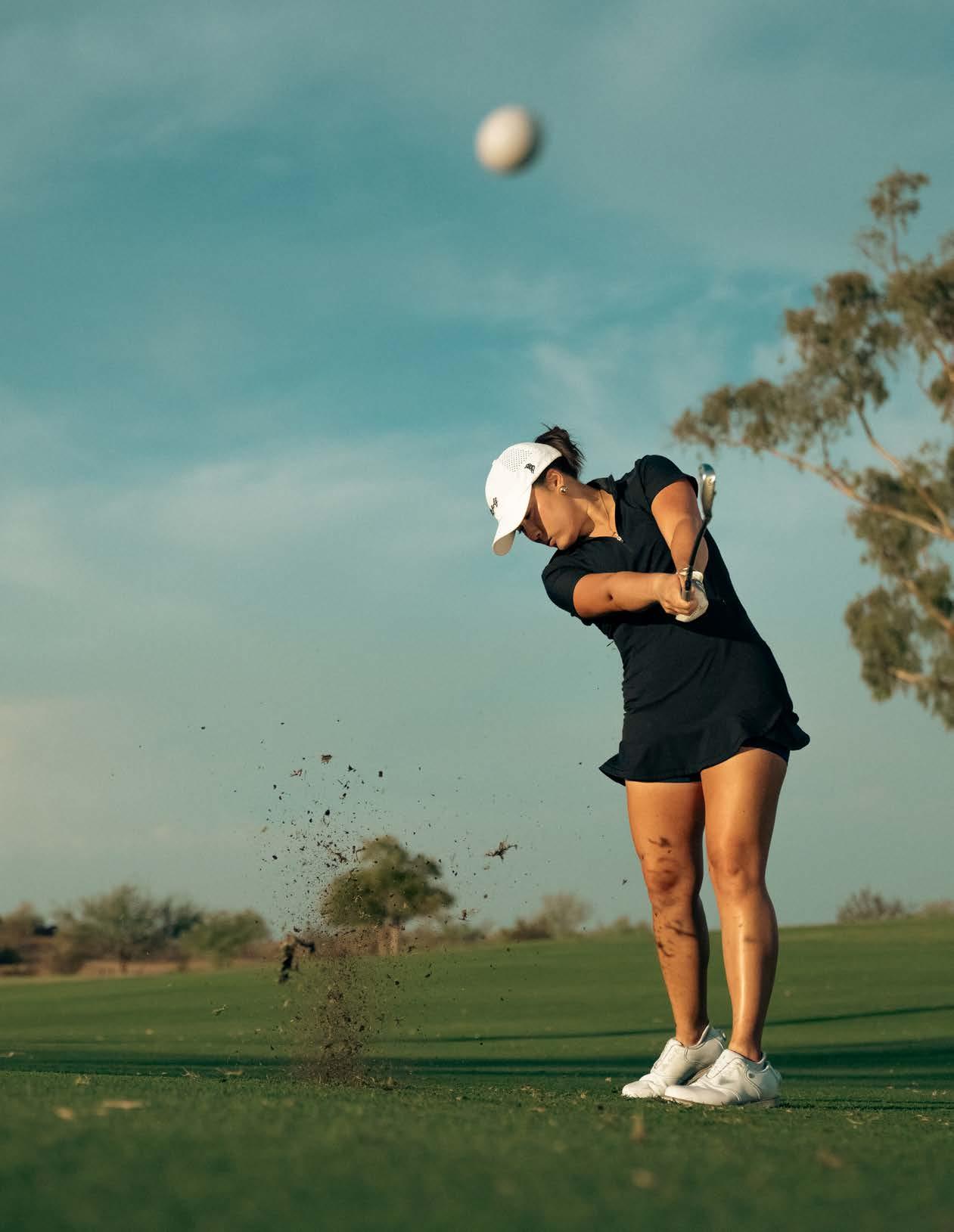
One of Ashley Menne’s earliest golf memories is shedding tears at McCormick Ranch Golf Club, despite winning her age division.
At just 10 years old, Menne was often the only player in the under 10 division at Junior Golf Association of Arizona (JGAA) tournaments. This meant she usually competed with girls in the age divisions above her; it also meant that she received a trophy, despite being brought to tears by what she felt was a poor performance.
For what it’s worth, Menne carded 100 over 18 holes, and played back a tee box with the 11 to 12 year old girls — not bad for a junior in her first season of tournament play, who was known by her peers at that time for matching her socks with shirts.

It was clear that her competitive edge had already developed. But back then, Menne was shy; she had just moved to the United States from Singapore and started playing in golf tournaments that her mom signed her up for, oftentimes alongside her brother, John. These days, she’s the furthest thing from shy — outwardly, at least — but that transformation came over time.
Even today, Menne prefers not to be the center of attention, although she always had a vision of being an engaging, outgoing, and confident person. Over the years, golf and its accompanying experiences, such as interviews after winning the Arizona High School Girls Golfer of the Year award and enduring long bus rides with the Xavier Prep girls golf team, helped her overcome her social anxiety.
WORDS BY BRANDON GENSON | PHOTOS BY ALEX JOHNSON

“I had in the back of my mind what I wanted to be when I grew up and I baby-stepped my way into being who I am today by putting myself out there in more uncomfortable situations,” she shares. “I would tell myself, ‘I just need to do this
interview and use this as practice. It’s not going to be perfect but it’s a stepping stone.’”
Meanwhile, Menne also babystepped her way into becoming one of the highest-ranked amateur golfers in the world.
Growing up, Menne sharpened her skills with a stacked schedule of high school, JGAA, AJGA (American Junior Golf Association), and AZ GOLF events. Of course, she put in countless practice hours, but she always preferred tournaments

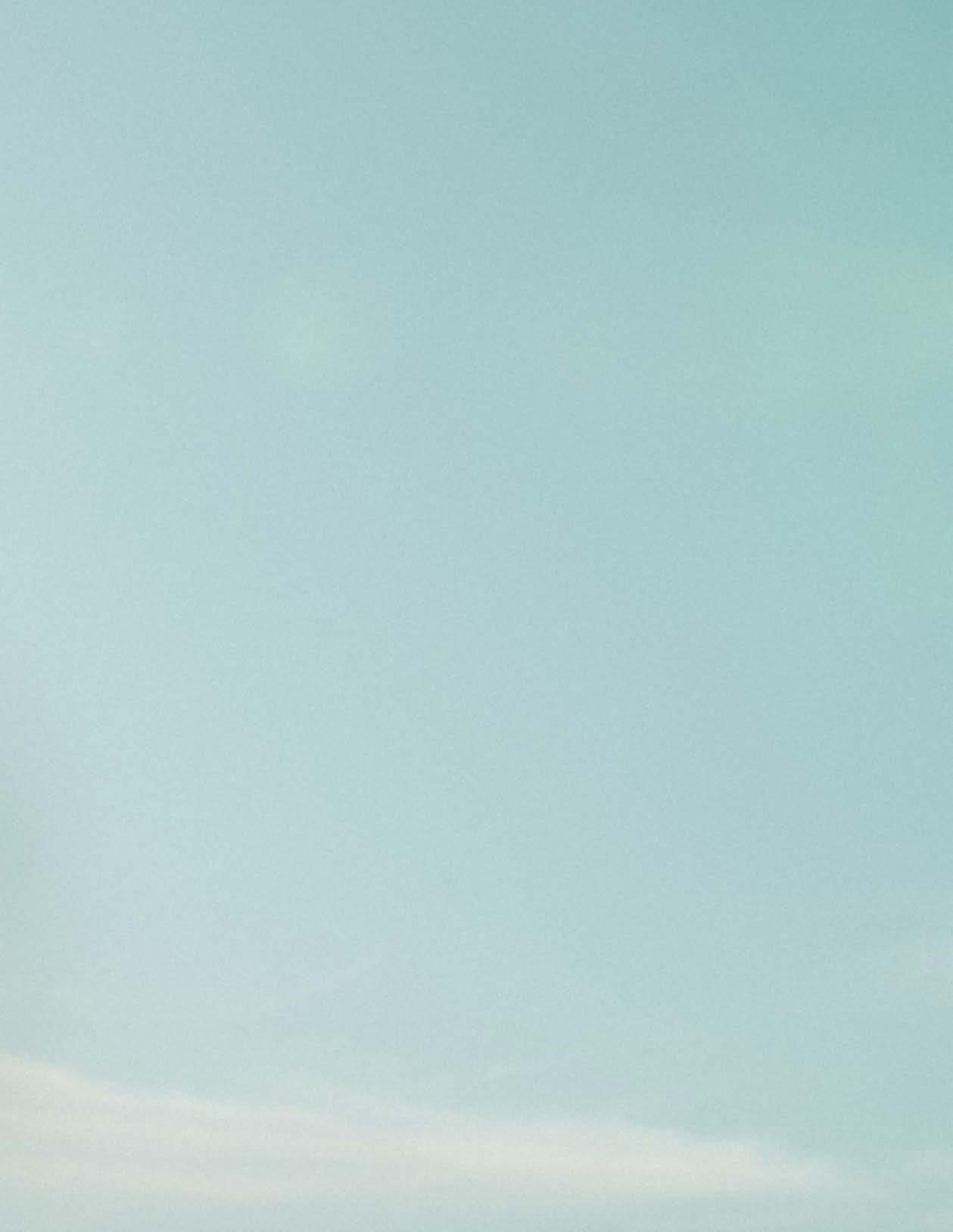

to the monotony of hitting balls on the range.
“I think tournament golf is something that you almost need to practice, like being in that competitive environment and learning how to handle yourself under pressure, learning how to win. You need to exercise that muscle,” Menne, who just finished a decorated career at Arizona State University, says.
Menne’s ability to stay busy while managing a hectic schedule made her the perfect person to juggle the demands of college golf; she thrives with a packed schedule. Due to attention deficit disorder (ADD), it’s during periods of inactivity that she feels more anxious, but with a full itinerary, she feels calm.
During the month of April, Menne balanced the Pac-12 Championship, the Augusta National Women’s Amateur in Georgia, and academic final exams in each of the last three years. This past April, she even worked on her master’s degree project — which included a video and presentation — from her hotel room between rounds at Augusta National.
At the time of our interview, she had just returned from a 40-hour round trip to and from a golf tournament in Arkansas, moved out of her apartment, was finishing the final two classes for her master’s degree, and was working a part-time job — all while ironing out the details of starting Q-School in August.
This demanding schedule has also influenced her approach to golf. In the same way that she slowly became the person she strived to be, she has learned to approach golf with a progress-over-perfection mindset. When she was younger,
she got frustrated if a round did not go the way she hoped. Now, she views golf not as a sprint, but as a marathon where she’s learning with every hit and miss hit.
This mindset is apparent when you watch Menne play golf. No matter her score or her position on the leaderboard, she appears as calm, cool, and collected as they come. She attributes her composed demeanor to a few key influences — most prominently, being raised in an Asian household that values the art of internalizing emotions. Another is that despite her intense dedication and passion for the game, she constantly reminds herself that a bad shot is not the end of the world; there’s always an opportunity to bounce back.
“Every decision I make on a daily basis is about golf. I do everything I can to put myself on the path of success. That means not hanging out with my friends or going to a concert the night before a tournament, working out consistently, and watching what I eat,” Menne says. “It’s the small decisions you make on a daily basis that really matter.”
Menne is a logical thinker, both in life and on the golf course. Emotions rarely influence her decisionmaking. She has often been called a fast golfer, but the reality is that by the time it is her turn to swing, she doesn’t need practice swings or extra looks at the green. She has already done the preparation, has confidence in her shot, and has assessed every possible way to play it. She is efficient.
The same goes for her practice routine. Rather than spending hours on the range beating balls, she
has her practice routine down to a science, which (for the moment) has freed her up to pursue other passions after spending the last few years completely focused on golf.
For example, she enjoys attending pilates classes and loves it so much that she wants to become a pilates instructor, potentially doing it on the side once she is more established on the LPGA Tour.
But first, she has to earn Tour status. Even for a golfer as talented and dedicated as Menne, there are no guarantees of making it to the LPGA Tour. Only a fraction of players who go to Q-School make it to the final stage and earn Tour eligibility. Even some of the best players cave under the pressure and take longer routes to reaching their dreams of playing on the Tour, such as carving out a path on smaller tours.
Menne has asked herself if she really wants to pursue this route. She weighed the pros and cons, and ultimately decided that she did not want to live with the regret of not pursuing it. The window of opportunity to play on the Tour is short. Menne worries that the alternative is a life of commuting to a 9 to 5 desk job; she would much rather travel the world to play golf and pursue LPGA Tour glory.
“I like going to the golf course, meeting and chatting with new people, and traveling to new places. I love exploring and I don’t mind being by myself. I actually like it. I’ll even play rounds of golf by myself,” Menne says. “So I think it’s a perfect fit for me. I can always get another job when I’m older, but turning pro is only here for right now.”





Restaurant Progress Phoenix, Arizona


The margin of error in golf is slim to none — as it is in cooking. A few degrees left or right on your club face produces a shot 20 to 30 yards off target. A few degrees off on a USDA Prime ribeye renders what should’ve been a mediumrare steak, medium. It’s sent back. Another steak, another stroke.
The nature of golf creates parallels to many things in life. And it’s the pursuit of perfection that drives both the world’s greatest golfers and the world’s greatest chefs — even the weekend warriors and the backyard barbecuers.
Nestled in the Melrose Arts District off 7th Avenue in Phoenix, and within 13 minutes of three public golf courses (Biltmore: 13 min., Encanto: 6 min., and Palo Verde: 7
min.) is Restaurant Progress, which is a fitting name for the boundaries that are pushed within its small space. At the helm is owner and Executive Chef TJ Culp, who strives for progression in his sanctum each and every day — similar to how golfers strive for progress in their game through every round and every range ball.
The current menu at Progress is refined, delicate, and perfectly executed. To be perfectly clear, this isn’t one of those trendy spots that parades a cliché 40 oz. tomahawk steak via the platforms of food influencers.
Progress is here to stay, having turned on the burners in 2017, and has been forcing the question of what progress means within the

culinary world. In fact, seven out of the 16 offerings on its menu are exquisitely and thoughtfully curated plant-based platings that tap into every sensory experience available to your palate. A bold move, but a calculated risk that sets them apart from the rest of the pack.
It’s more than meat and potatoes. It’s about the finer things. It’s about taking an everyday ingredient such as a carrot and presenting it in a form that challenges diners to reevaluate their preconceived notions about what that carrot could be, not what it should be. Chef Culp has reimagined the carrot in the form of Carrot Tartare. The carrot is not brut, as the French would say, it’s roasted perfectly tender, finely chopped, and then tossed in a lemon garlic vinaigrette
and dukkah (a Middle Eastern and Egyptian blend of nuts, seeds, and spices). Molded into the shape of a hockey puck, the carrots are accompanied by a velvety smear of pine nut hummus, sporting a slight kick and finished with dollops of whipped feta cheese reminiscent of a goat’s labors enjoyed by the Mediterranean Sea on a warm, Grecian summer afternoon.
Unsurprisingly, Chef Culp and his team have a knack for finding the perfect watermelons — something that most of us labor to achieve at the farmers’ market. As if a perfectly ripened watermelon wasn’t enough, the team at Progress cures watermelon cubes in tamari (the Japanese version of soy sauce) before pairing them amongst a collection of unforeseen
guests. The mouthwatering, soycured watermelon is supported by an impeccable selection of companions, like a superb foursome. Thinly sliced refrigerated pickles are precisely placed on each cube of watermelon, no two the same – providing a refreshing, yet splendid acidic accent to the sweetness of the melon. As the watermelon rests in a basin of its own nectar, a quenelle of vibrant, limed avocado mousse furnishes a feathery accessory to the smattering of textures on the plate. Lastly, togarashi (the Japanese blend of seven spices) dusts the plate to finalize one of the most satisfying items on the brief menu.
The menu continues to impress as you journey through Culp’s culinary creations, rousing the palates of the eyes that feverishly digest the menu which stars other plantbased collaborations such as Fried Green Tomatoes, Buttered Radish, and freshly extruded semolina pasta. It’s worth noting; however, that Restaurant Progress is not a vegetarian restaurant – far from it actually – its curated offerings include Spanish Octopus, Ribeye, Hiramasa Crudo, and Pork Schnitzel.
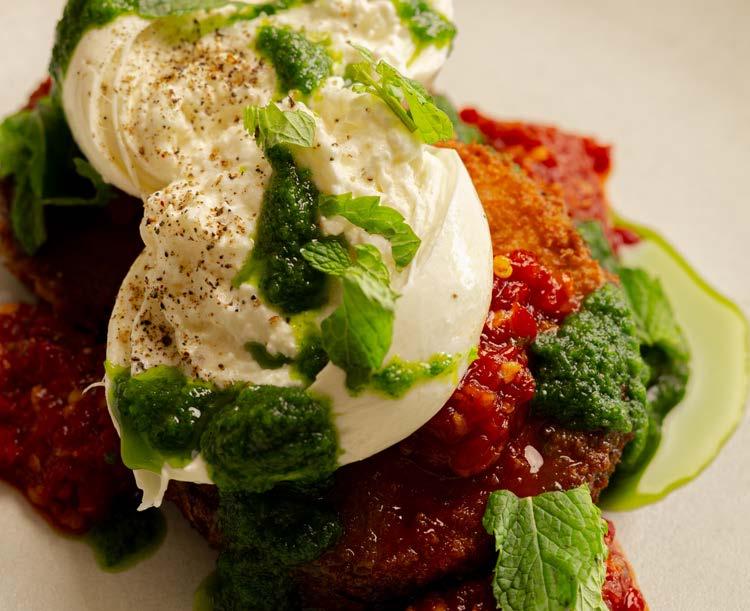

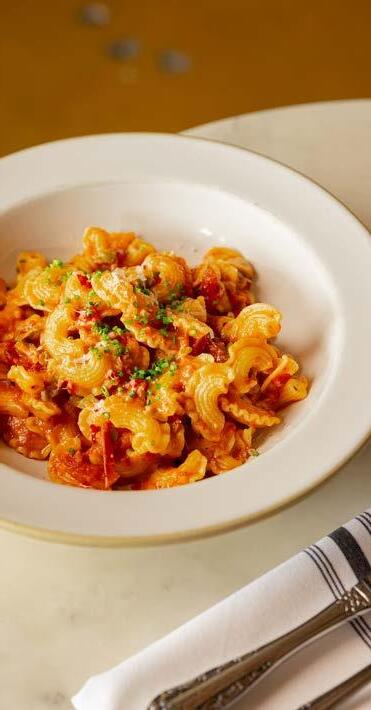


Progress’s menu culminates as Phoenix’s magnum opus of balancing contradictions in culinary: hot and cold, sweet and spicy, unexpected yet approachable. From Asian to Italian to German influences, Chef Culp and his team are students of the world in which they create — similar to how we, as golfers, study a variety of players with a variety of styles, adopting parts from each game and making them our own, finding balance within the players we’re progressing to become.
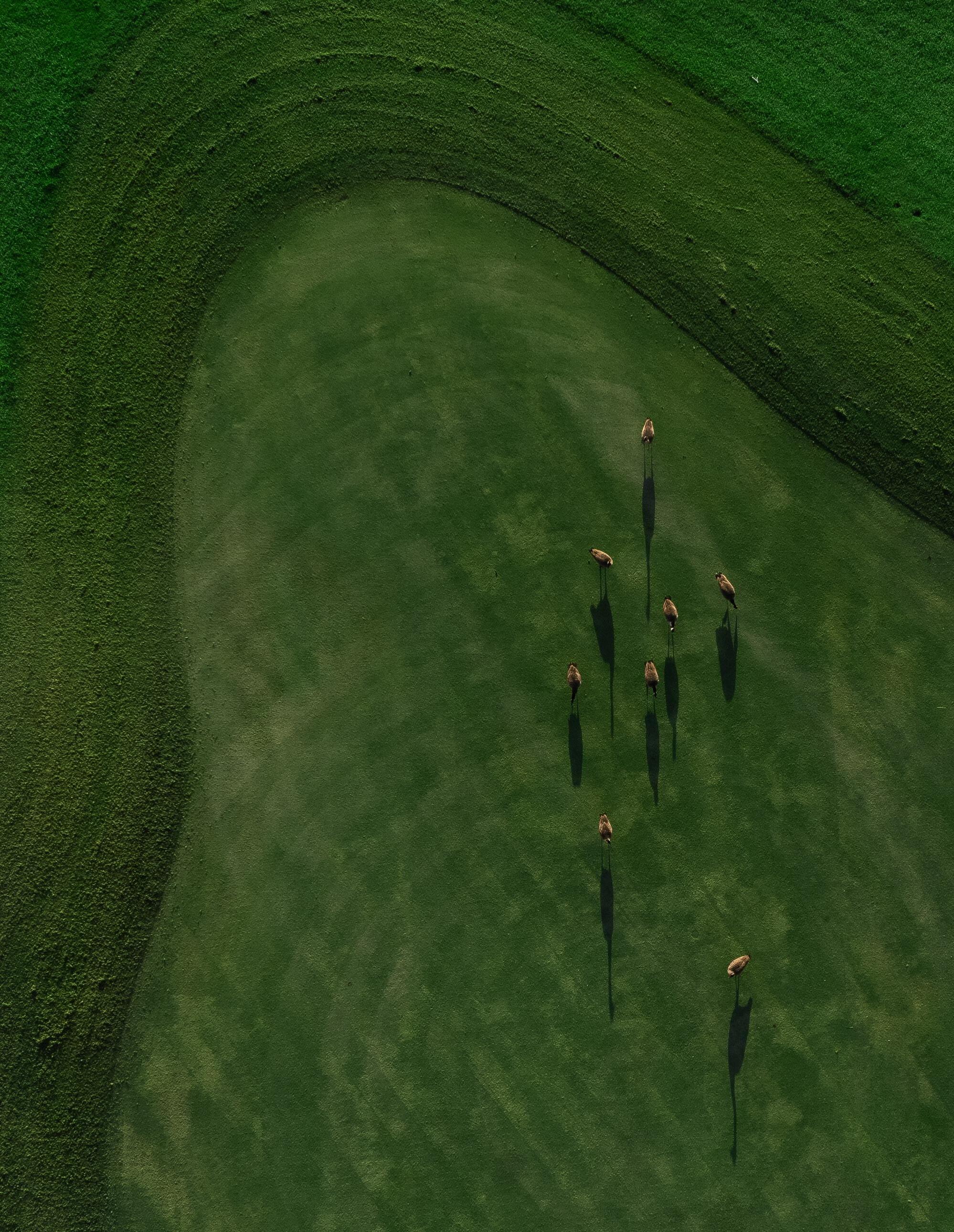
We’ll see you after-seed.